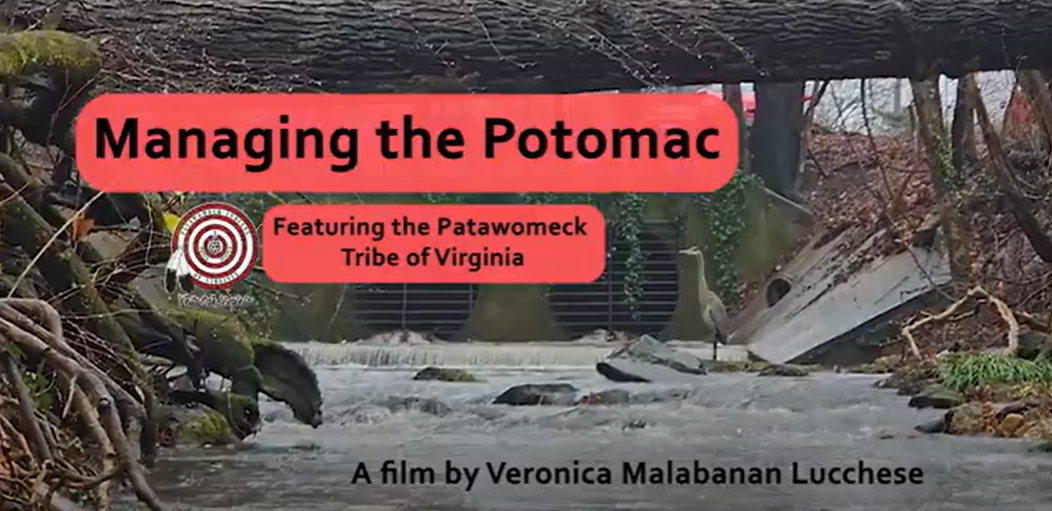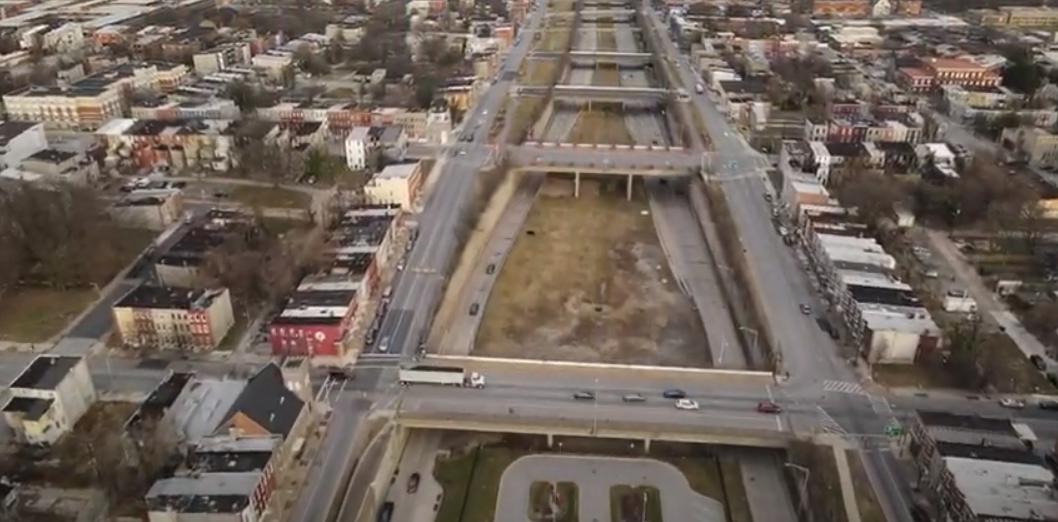Urban Farm Profile: The 6th Branch
Urban Farm Profile: The 6th Branch
THE 6TH BRANCH
Oliver Community Farm - 1325 N Bond St
Johnston Square Farm and Garden – 1310 Homewood Ave
Broadway East Tree and Berry Farm – 1600/1700 Montford Ave
Contact: Liz Lamb (lizlamb@the6thbranch.org)
HISTORY AND ORIGIN OF THE FARMS
The 6th Branch was formed by a service club of military veterans who were passionate about continued community service. The organization began by picking up trash on vacant lots and supporting local community association efforts. In 2011, The 6th Branch expanded to distributing leftover produce from the JFX Farmers Market to residents in the Oliver community. In 2013, they partnered with the Oliver community association and Meraki Community Uplift to begin growing their own produce at what would become the Oliver Community Farm.
By 2015, they had constructed a greenhouse tunnel at the Oliver Community Farm, enabling year-round food production. With little experience in farming, members of The 6th Branch gained experience by doing. Their commitment to the project led to significant growth, with over 2,000 lbs. of food produced at the Oliver site by 2017.
In 2019, members of the Johnston Square community asked The 6th Branch to tend the land that had been Charm City Farms. This land became the Johnston Square Farm and Garden. Two years later, the farm organization’s footprint expanded once again when construction began on the Broadway East Tree and Berry Farm in 2021.
As their acreage developed, The 6th Branch grew their team to include 4 full-time employees, 2 part-time employees, and 4 service members from a service corps program in Maryland. Under the direction of farmer Liz Lamb, the farms produced just under 3,000 lbs. of produce in 2021, growing to 6,500 lbs. of produce in 2023.
Today, The 6th Branch tends the farms at Oliver Community Farm, Johnston Square Farm and Garden, and Broadway East Tree and Berry Farm, as well as green space at each lot. The organization stewards over 20 acres of green space in East Baltimore and continues to provide fresh produce to the community.
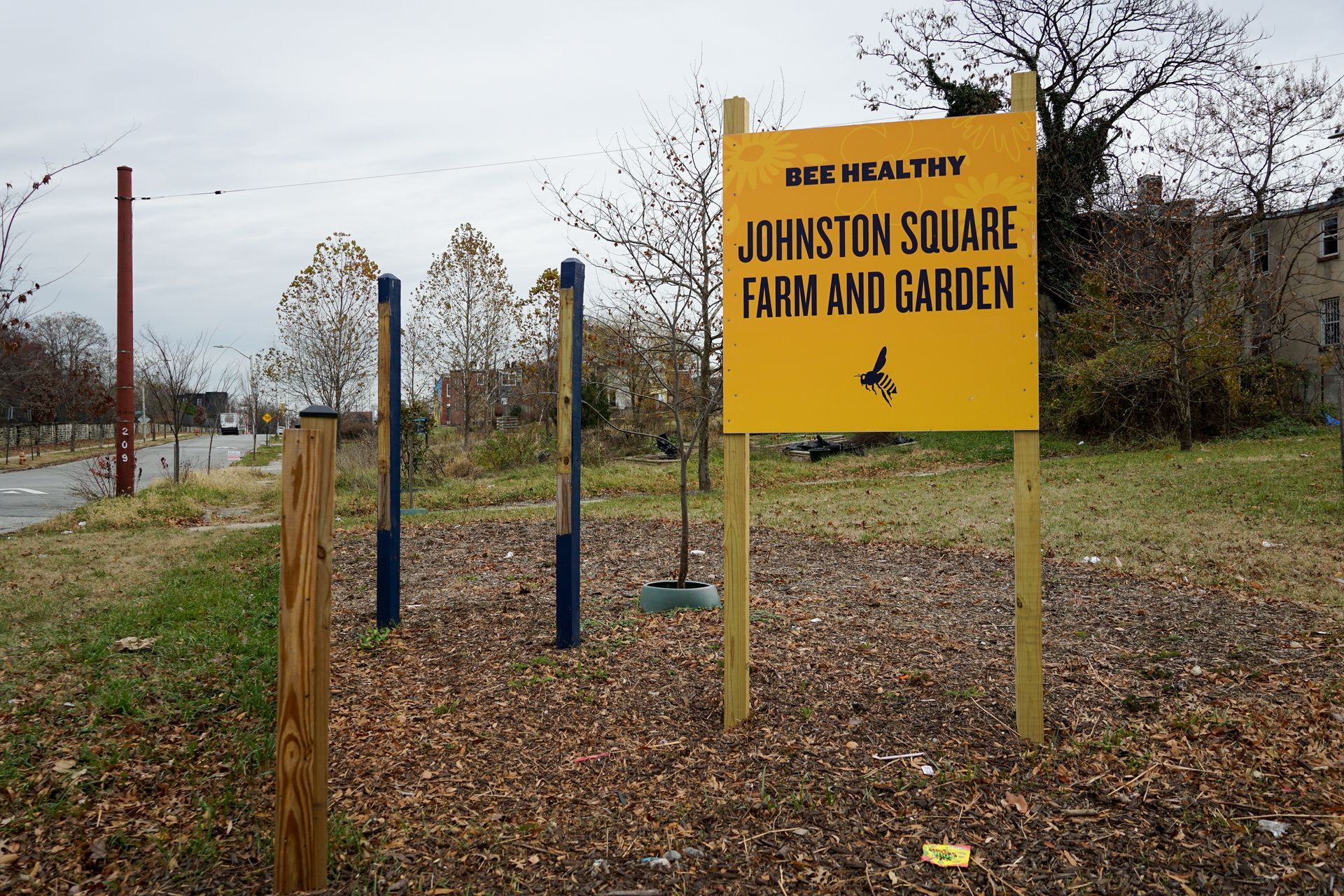
Johnston Square Farm & Garden
A bright sign welcomes the community to Johnston Square Farm & Garden.
Button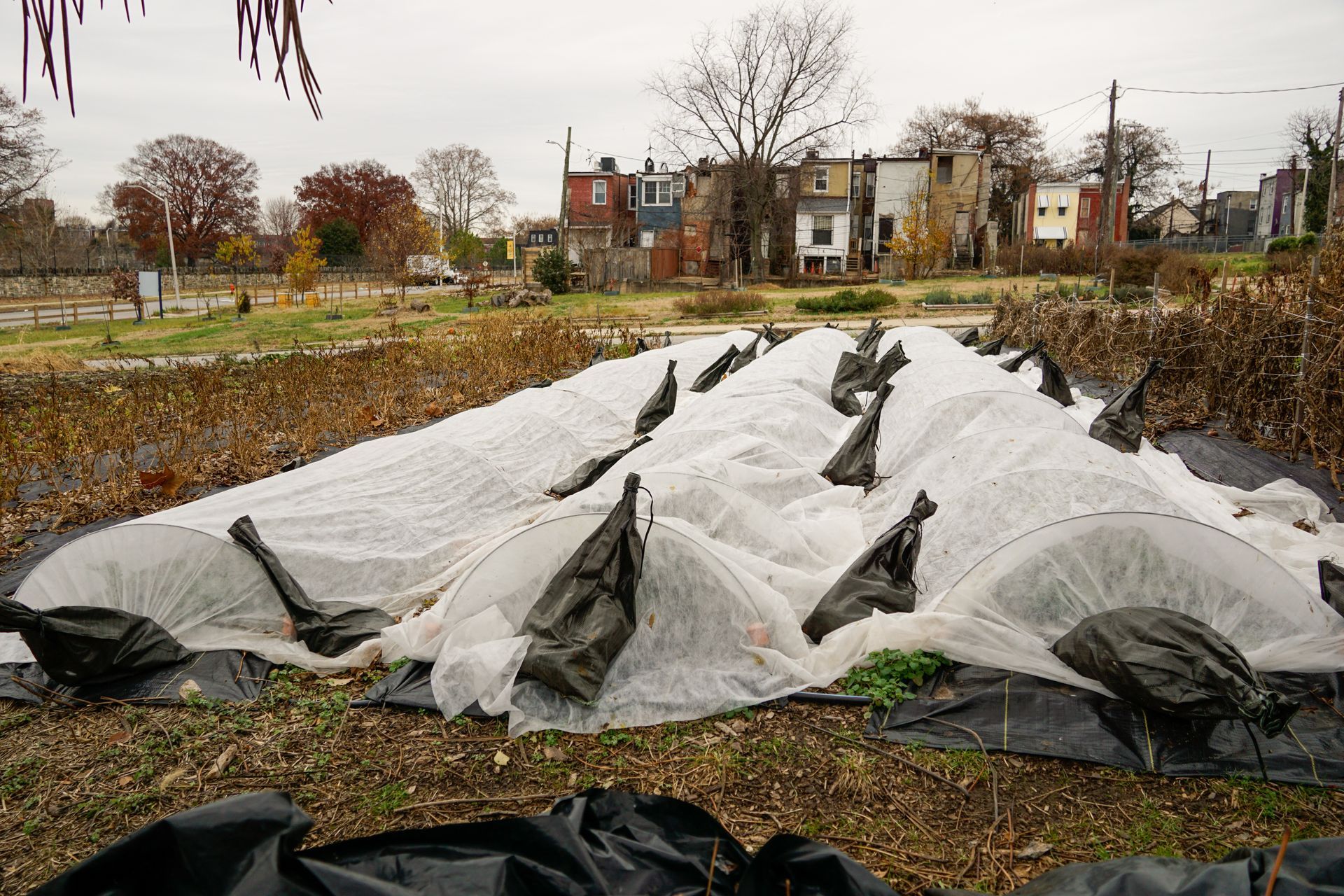
Johnston Square Farm & Garden
Greens grow underneath a cover, ready to be harvested for the next market.
Button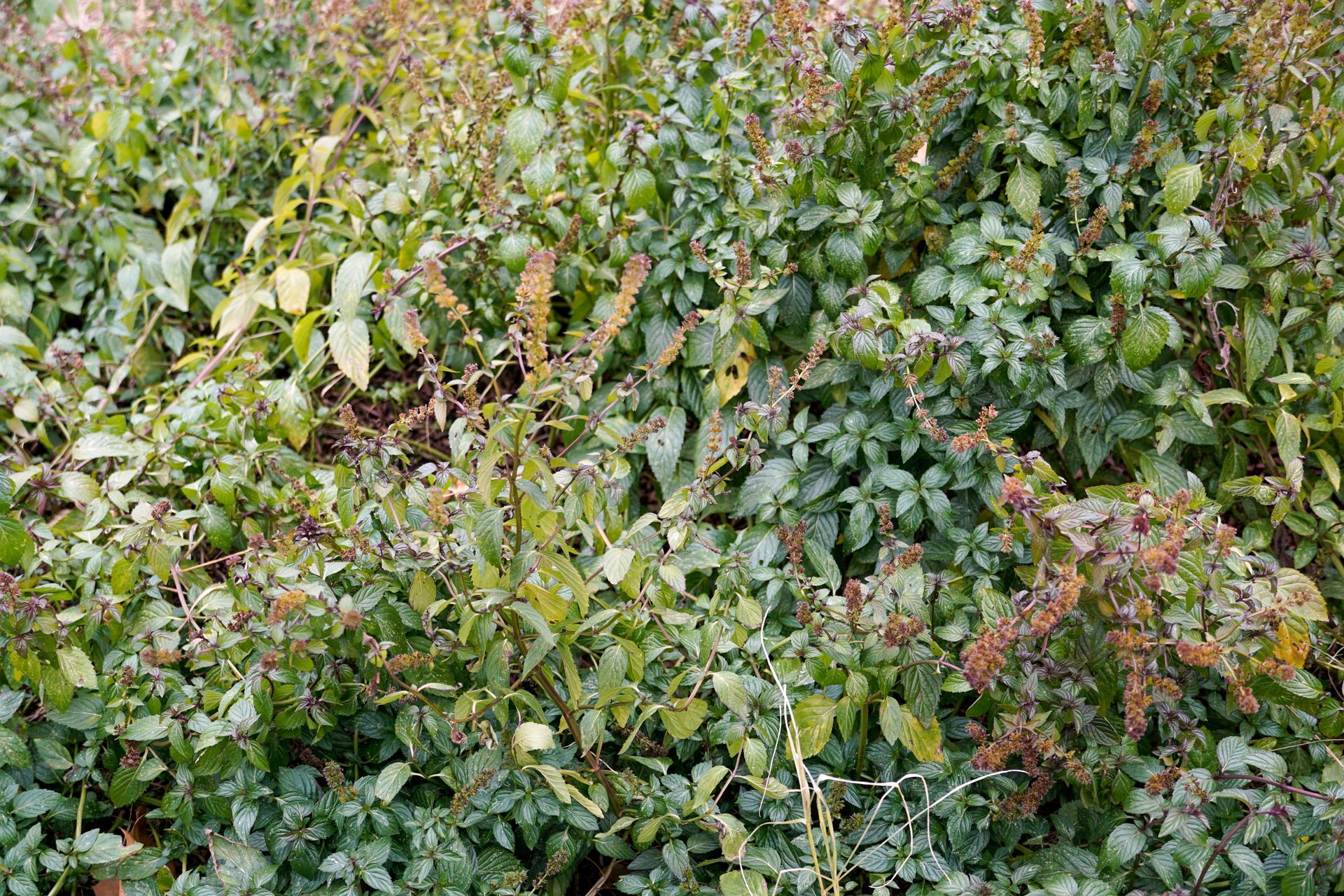
Johnston Square Farm & Garden
The farm grows holy basil (Tulsi), a medicinal herb people use for its healing properties.
Button
Johnston Square Farm & Garden
Community Farming Program Manager, Liz Lamb, points out the cover crops the farm uses to replenish nutrients in the soil.
Button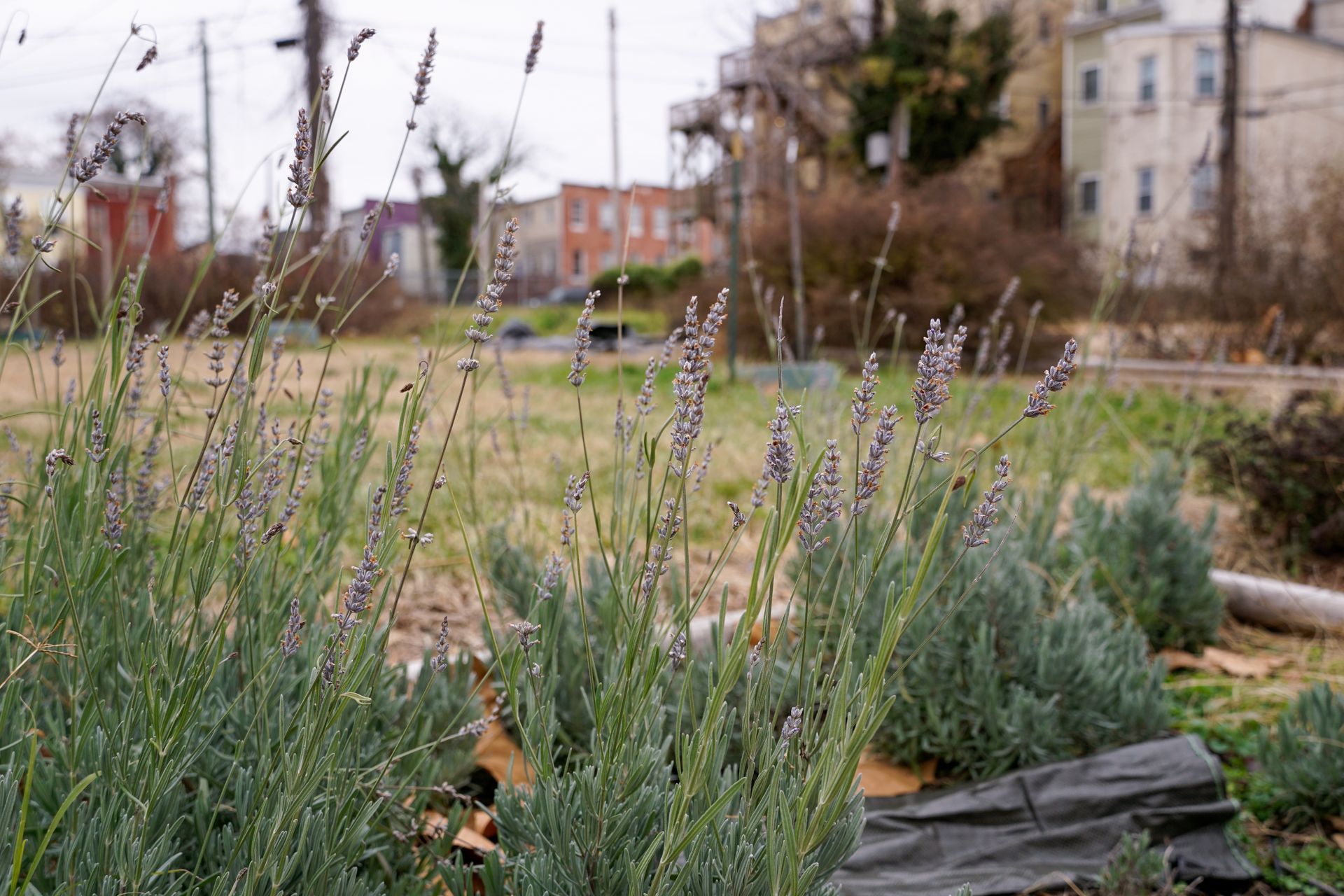
Johnston Square Farm & Garden
Johnston Square Farm & Garden encourages neighbors to self-harvest herbs, like this lavender, from the medicinal herb garden.
Button
Johnston Square Farm & Garden
The farm is host to colonies of bees, which are natural pollinators.
Button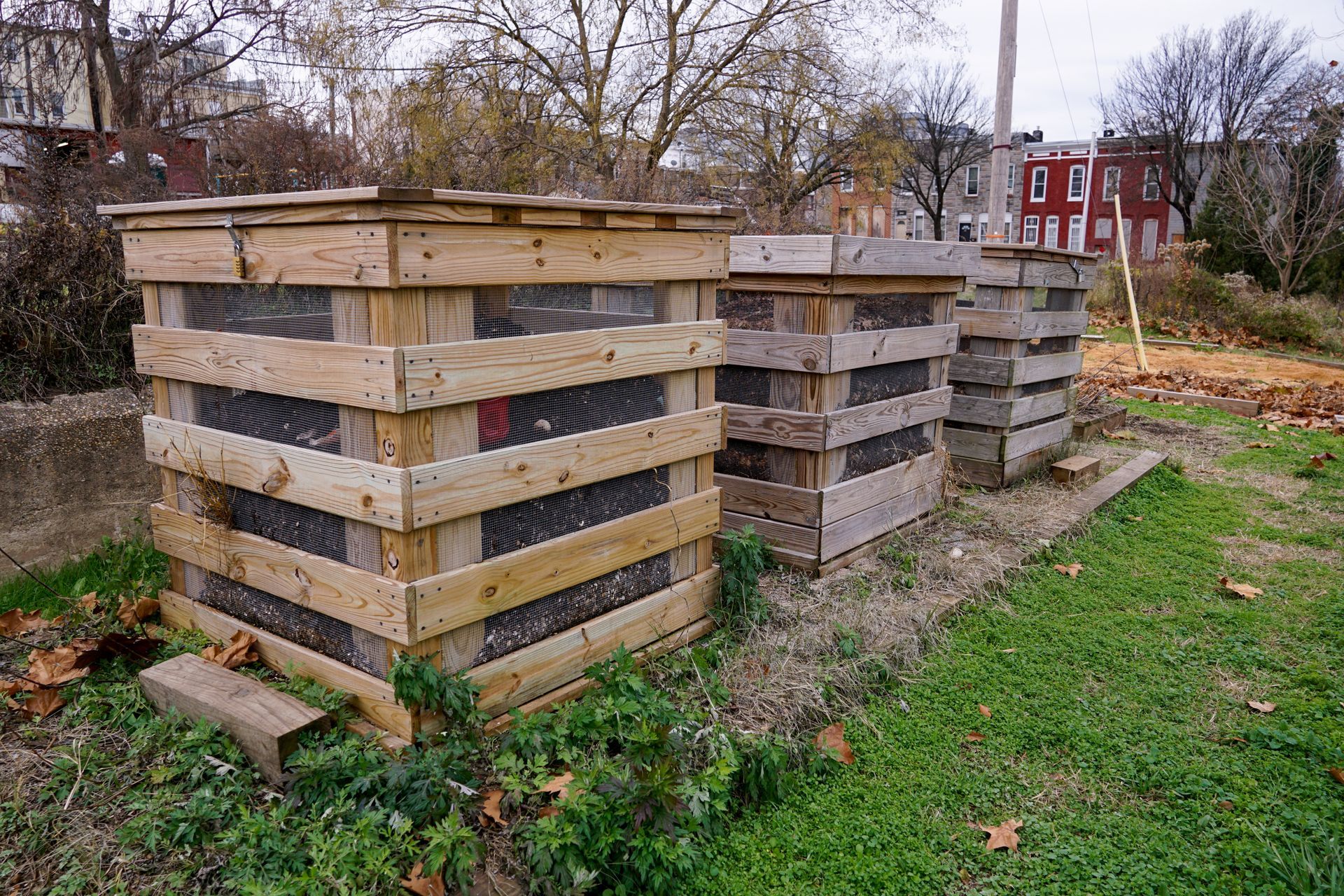
Johnston Square Farm & Garden
The three-stage compost system is built of sturdy, long-lasting materials.
Button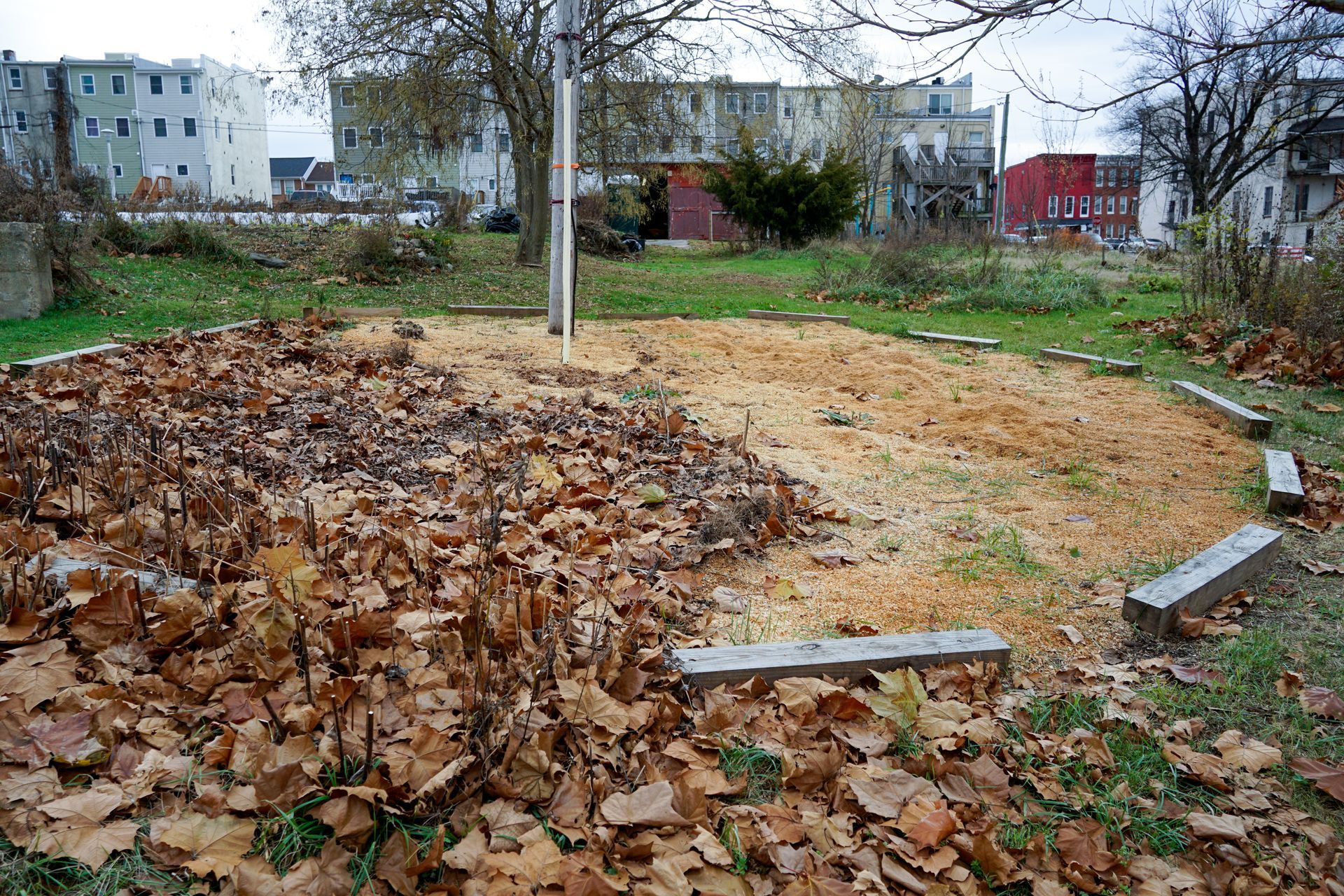
Johnston Square Farm & Garden
An alleyway used to run through Johnston Square Farm & Garden's land. Now it is covered in sawdust and serves as a meeting area.
Button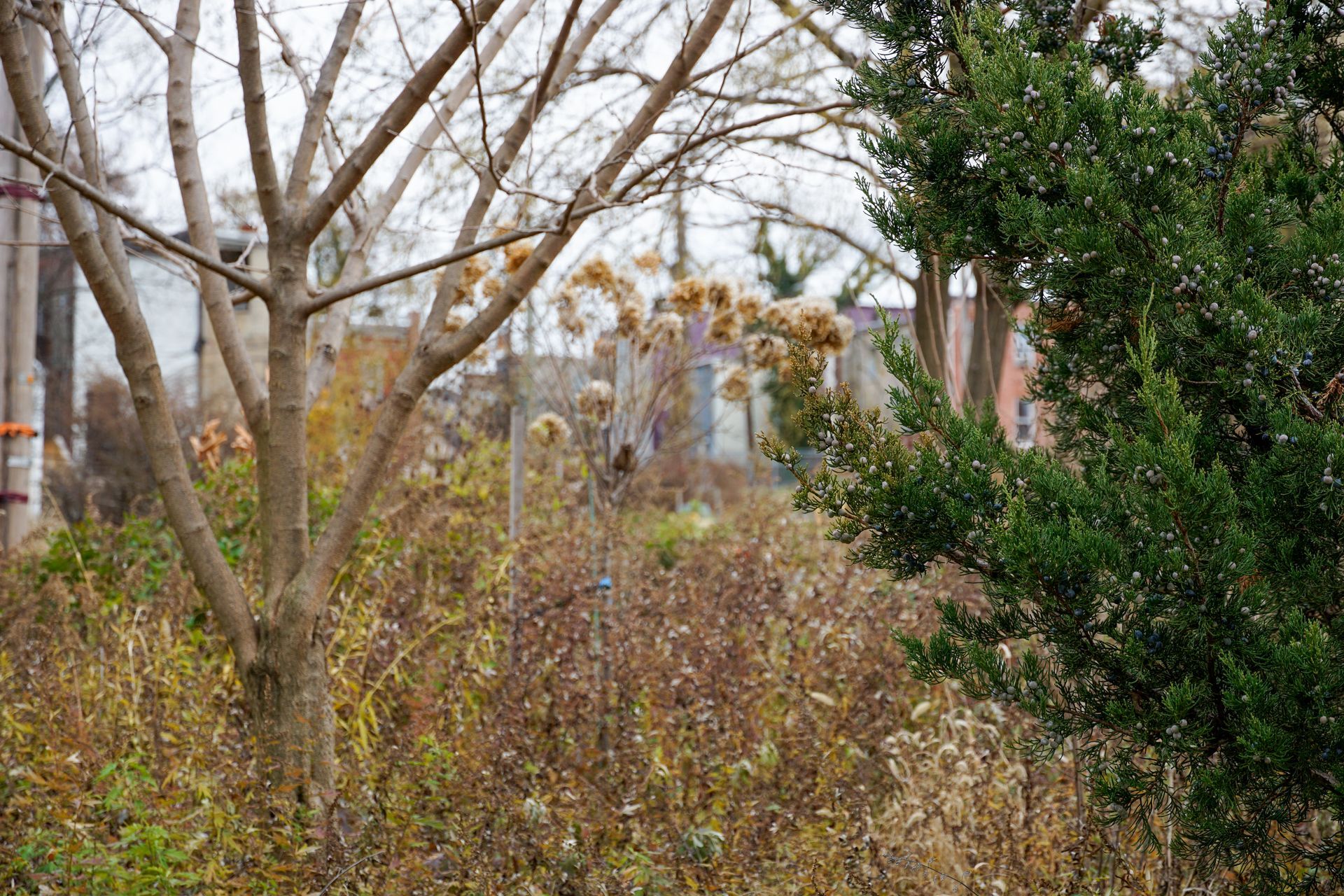
Johnston Square Farm & Garden
In addition to edible plants, the farm tends native plant gardens that become habitats for wildlife and help to balance the ecosystem.
Button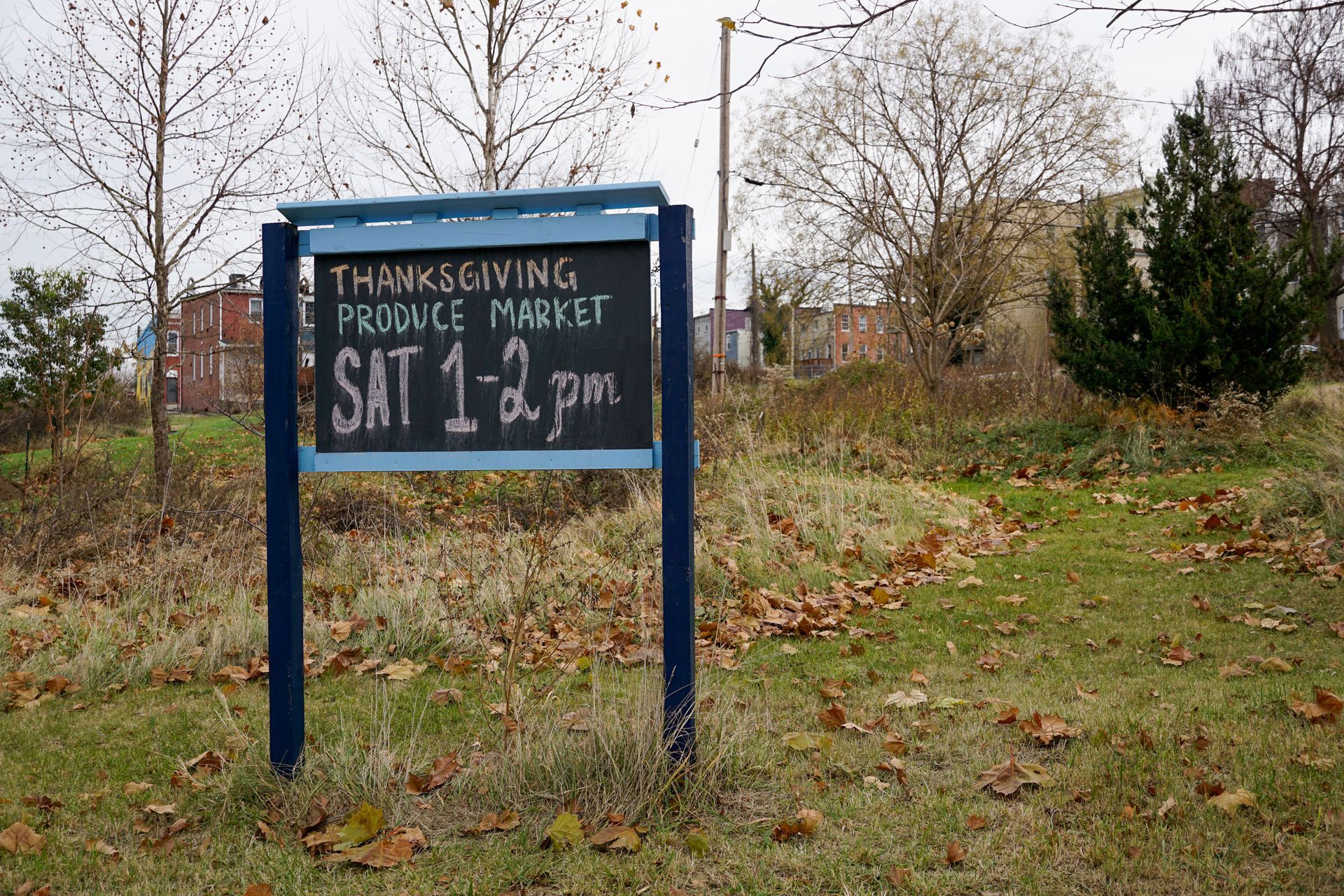
Johnston Square Farm & Garden
A chalkboard sign announces upcoming produce markets.
Button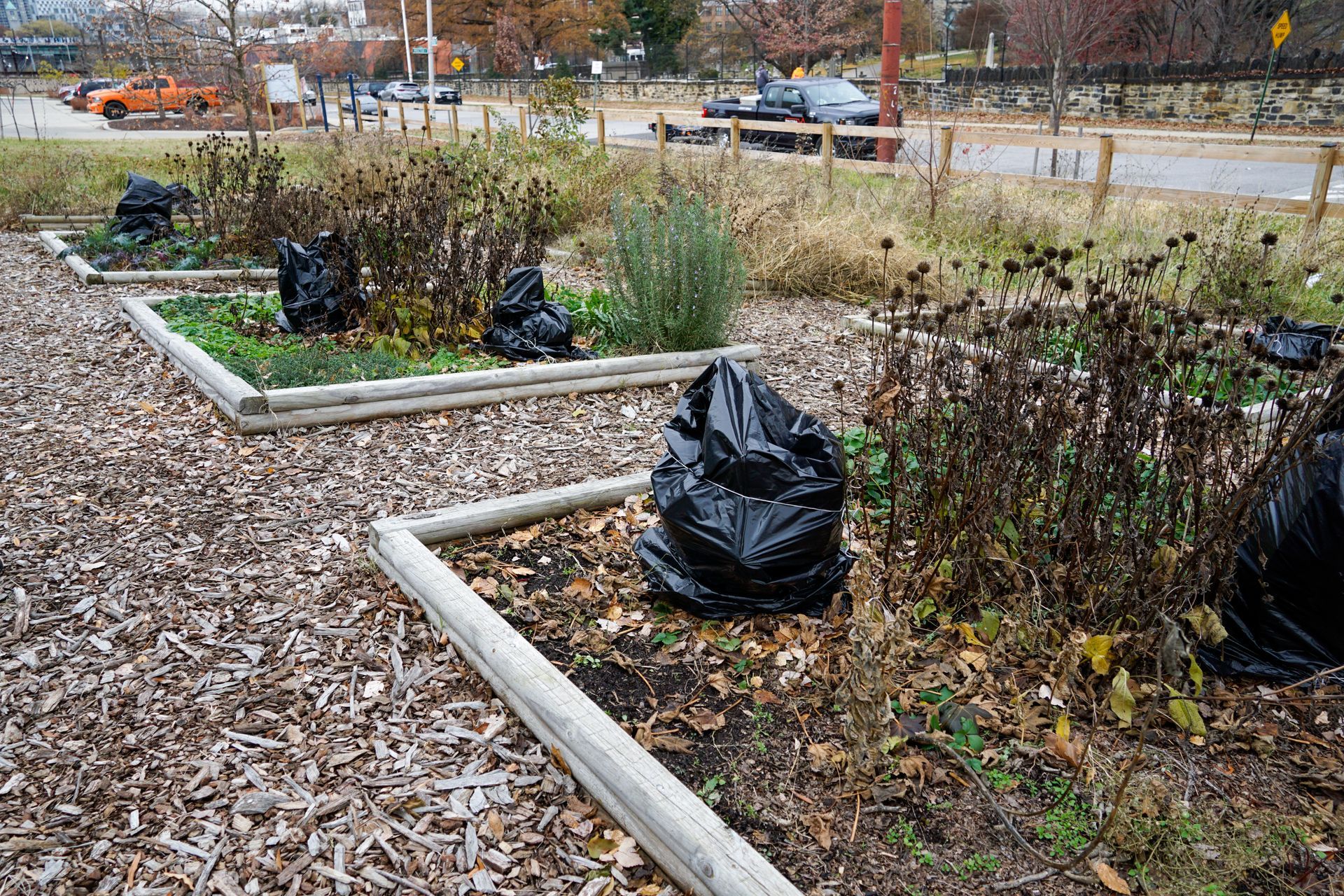
Johnston Square Farm & Garden
On a portion of the farm, garden beds grow symbiotic plants, including fig trees which are protected by covers during the winter.
Button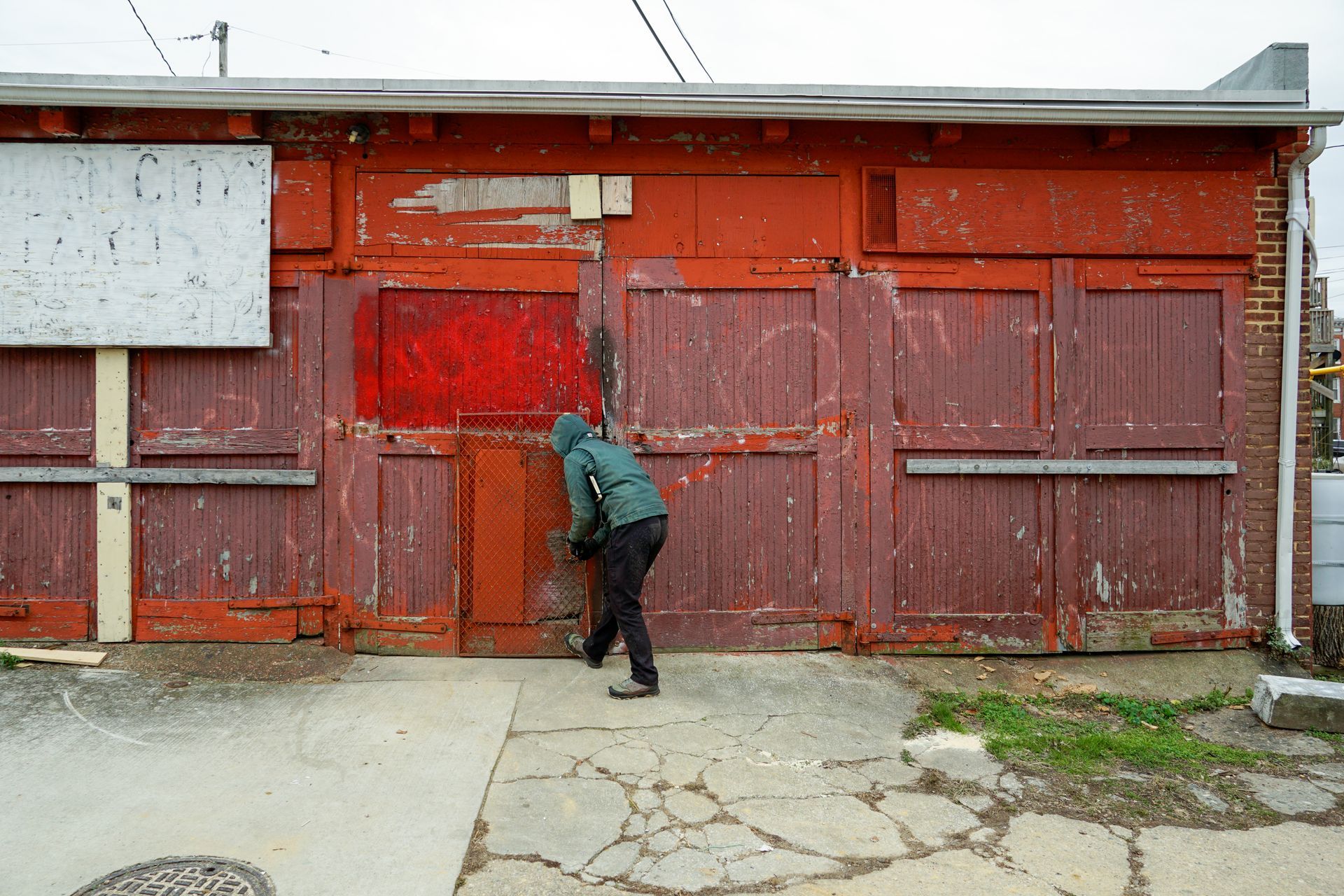
Johnston Square Farm & Garden
Write your caption hereButton
FARM PRODUCTS AND METHODS
The 6th Branch farms grow a variety of vegetables, as well as perennial fruit crops, herbs, and cut flowers. Their yearly harvest includes tomatoes, peppers, squash, leafy greens, herbs, blackberries, blueberries, grapes, peaches, and figs. The land and crops are maintained by The 6th Branch employees and service corps members, as well as community members and volunteers.
Using regenerative and sustainable practices, the farmers avoid pesticides and instead focus on maintaining soil health and resiliency. Avoiding pesticides also ensures the land is safe and welcoming to people in the community who self-harvest or use the area as a public green space.
The 6th Branch farmers use no or low tillage on their sites, instead using a broadfork to aerate the soil. In addition, they use cover crops - a crop that isn’t intended for harvest - to bring nutrients to the surface of the soil and act as a mulch. Drip tape irrigation systems and landscape fabric help manage their water usage and control weeds.
INNOVATIVE TECHNIQUES AND TECHNOLOGIES
Since the farms have a limited number of staff, they try to use products that do the work slowly and/or passively, such as silage tarps and landscape fabric that reduce labor-intensive tasks like weeding. As climate patterns become more unpredictable, they plan to have more perennial plants in the ground, which spread out both harvests and labor. The 6th Branch is also working with partners to establish native plant borders that can act as a beneficial habitat for wildlife and pollinators.
COMMUNITY INTERACTION AND OUTREACH
The 6th Branch farms distribute food directly to the community through weekly farm stands. None of the produce is sold; it is all available for free and there is no limit to how much produce people are able to take. In addition, they partner with another local nonprofit to provide food boxes for the elderly and those on health-restricted diets.
The 6th Branch actively engages with the community through farming workshops, cooking demonstrations, open farm events, neighborhood event support, and educational programs for local schools. They plant and prune trees all around the neighborhoods, in an effort to grow their positive impact. The farms are not just located in communities; they are part of their communities.
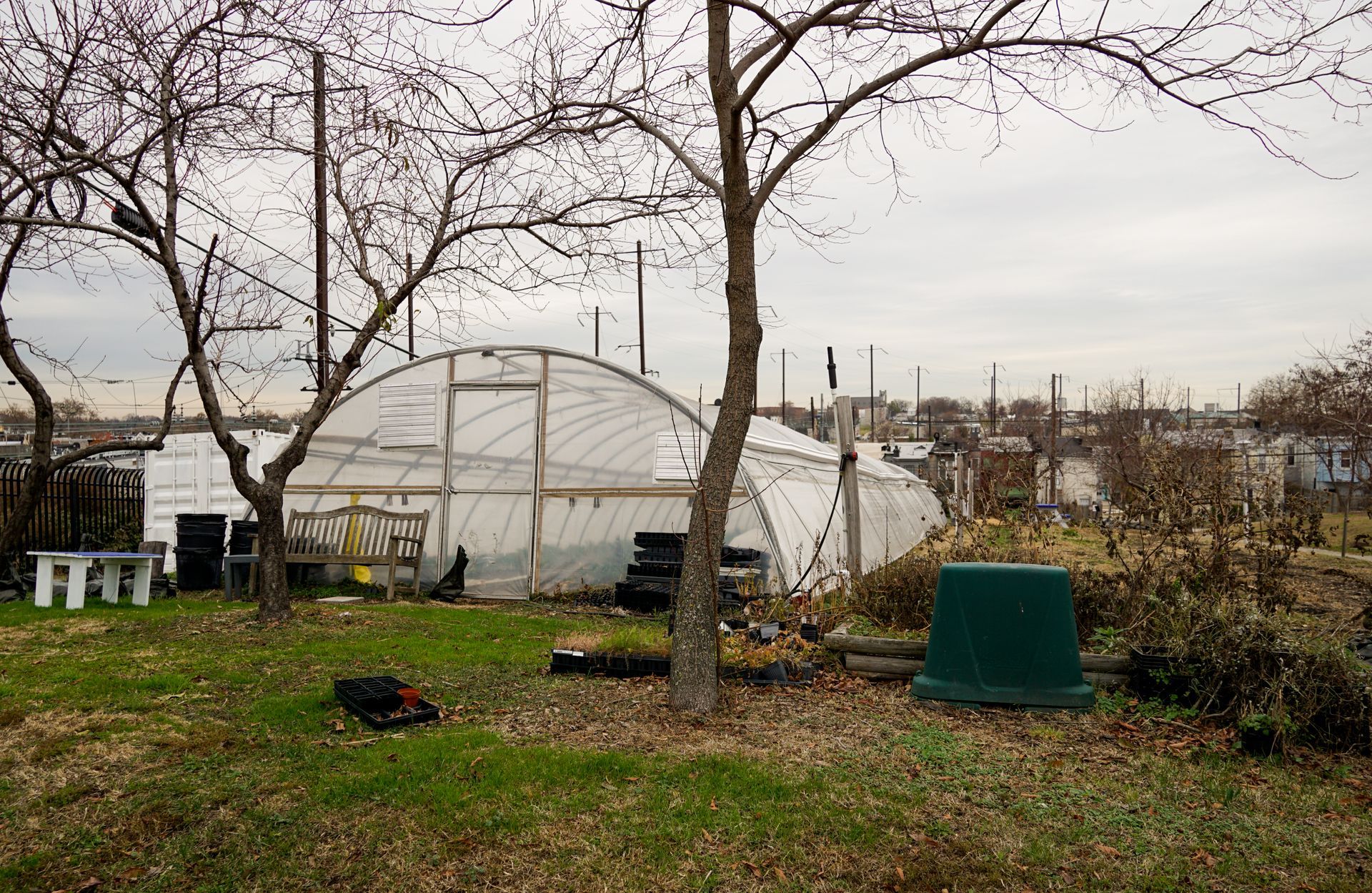
Oliver Community Farm
The 6th Branch holds a 99 year lease at the Oliver Community Farm, which helps build strong relationships with the community.
Button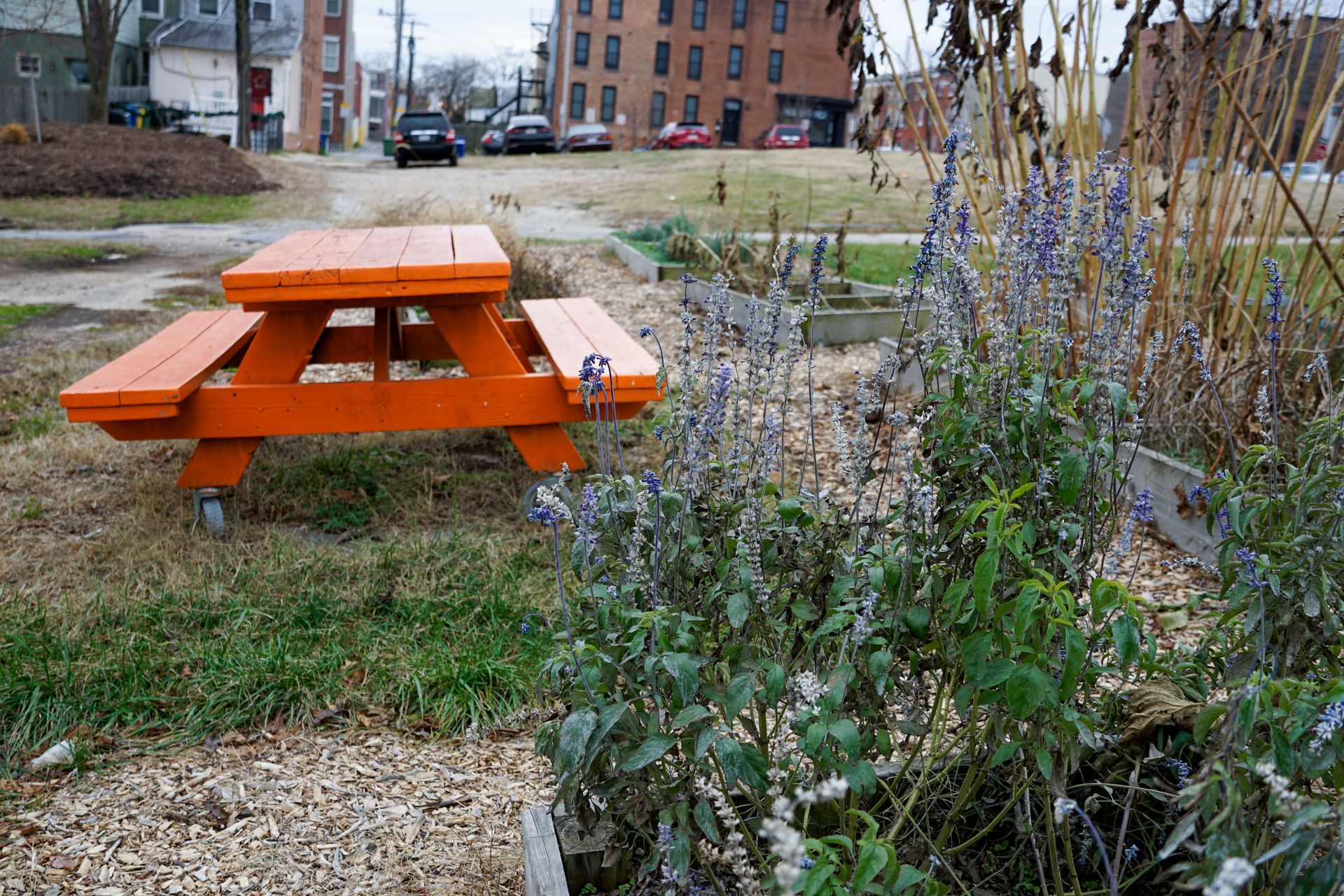
Oliver Community Farm
Garden beds and a picnic table create a welcoming space to enjoy the farm.
Button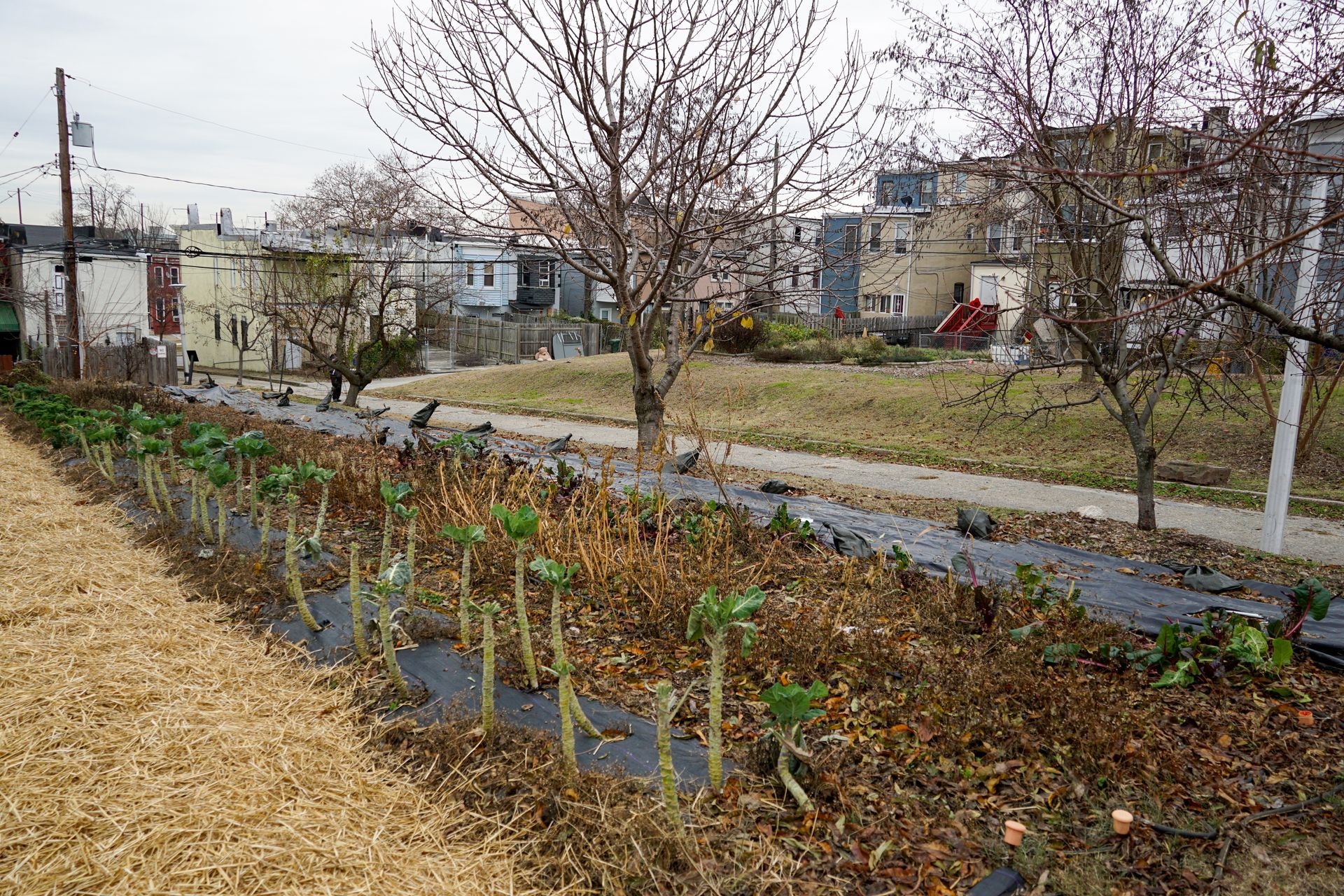
Oliver Community Farm
The rows of crops have mostly been harvested for winter but collard green stalks remain.
Button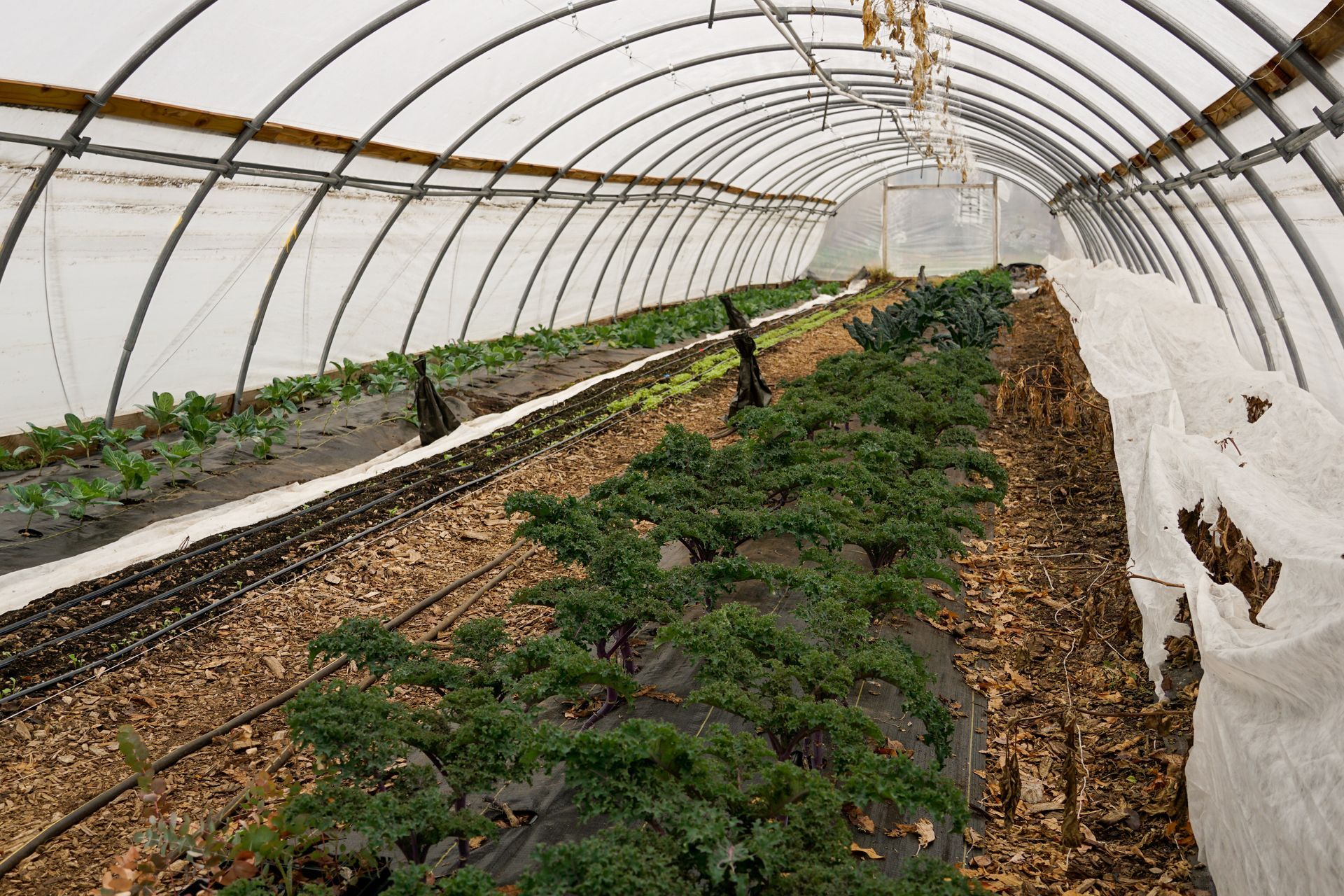
Oliver Community Farm
The greenhouse tunnel was built at Oliver Community Farm in 2015, allowing for a longer growing season.
Button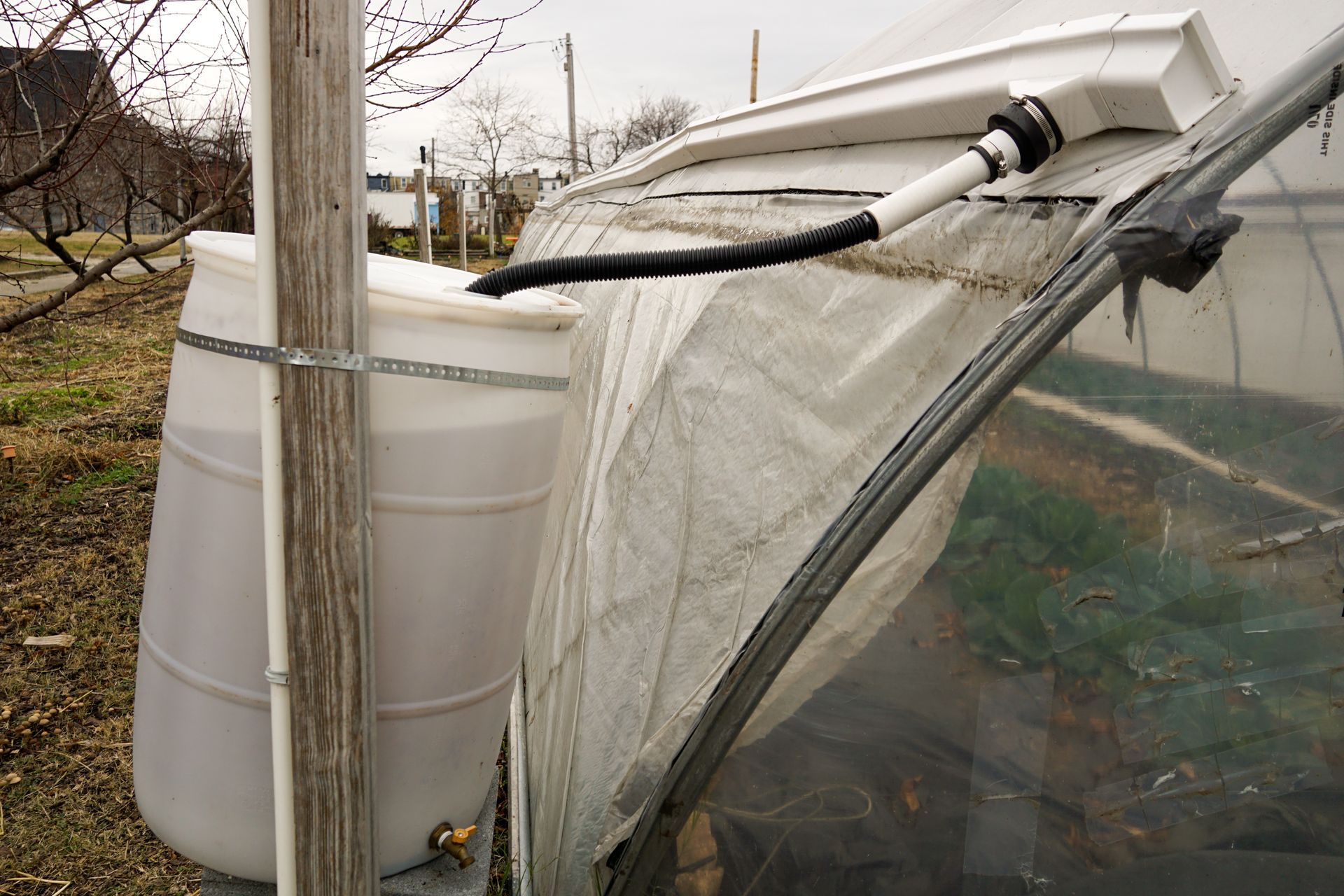
Oliver Community Farm
The 6th Branch installed a rainwater capture system to provide water for crops when their city-provided water is turned off for the winter.
Button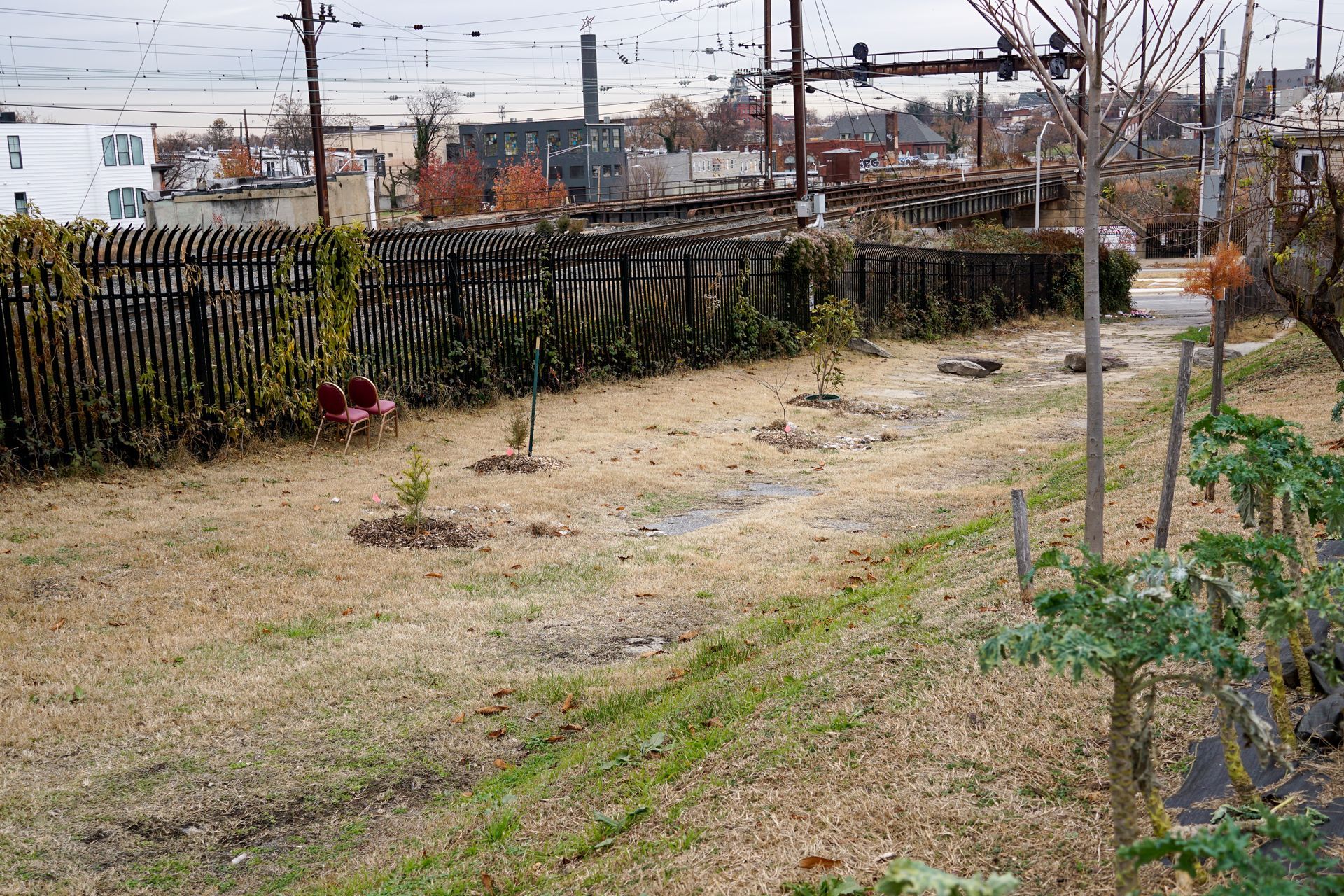
Oliver Community Farm
This area was previously an alleyway. The 6th Branch jackhammered holes in the concrete to reclaim the land with trees.
Button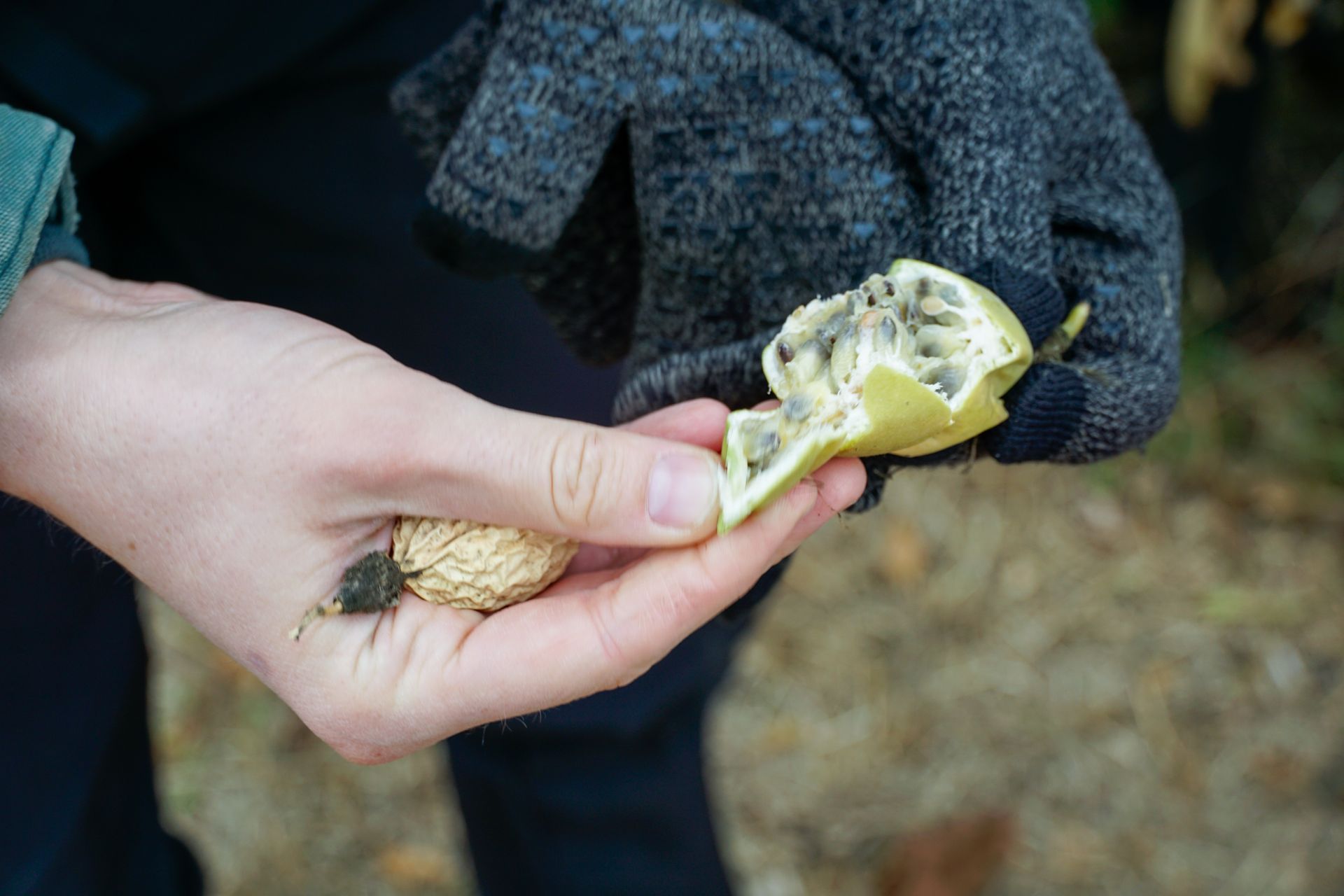
Oliver Community Farm
Liz Lamb splits open a passionfruit pod that grew from a vine on the farm's fence.
Button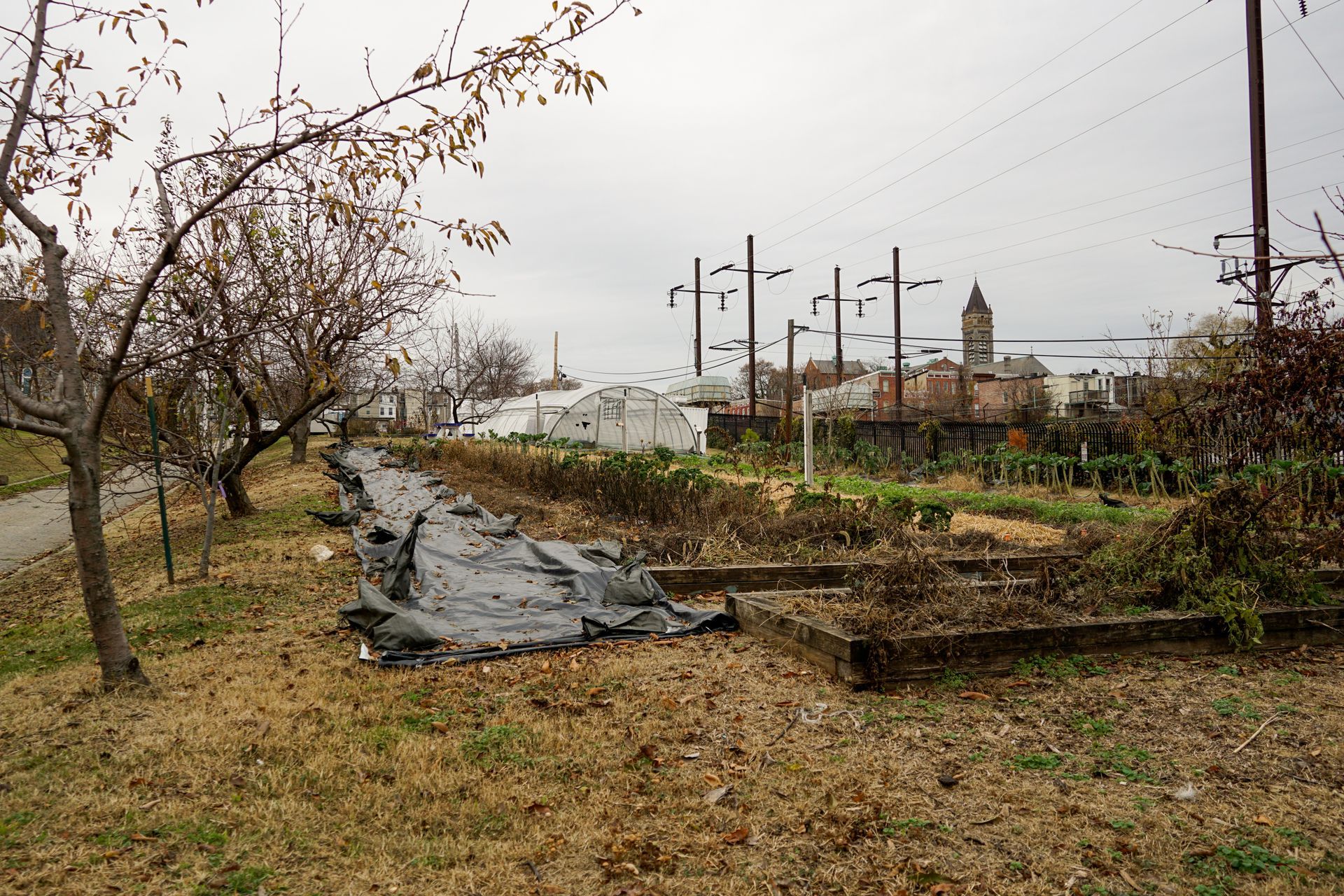
Oliver Community Farm
A rear view of the farm with crops prepared for the winter.
Button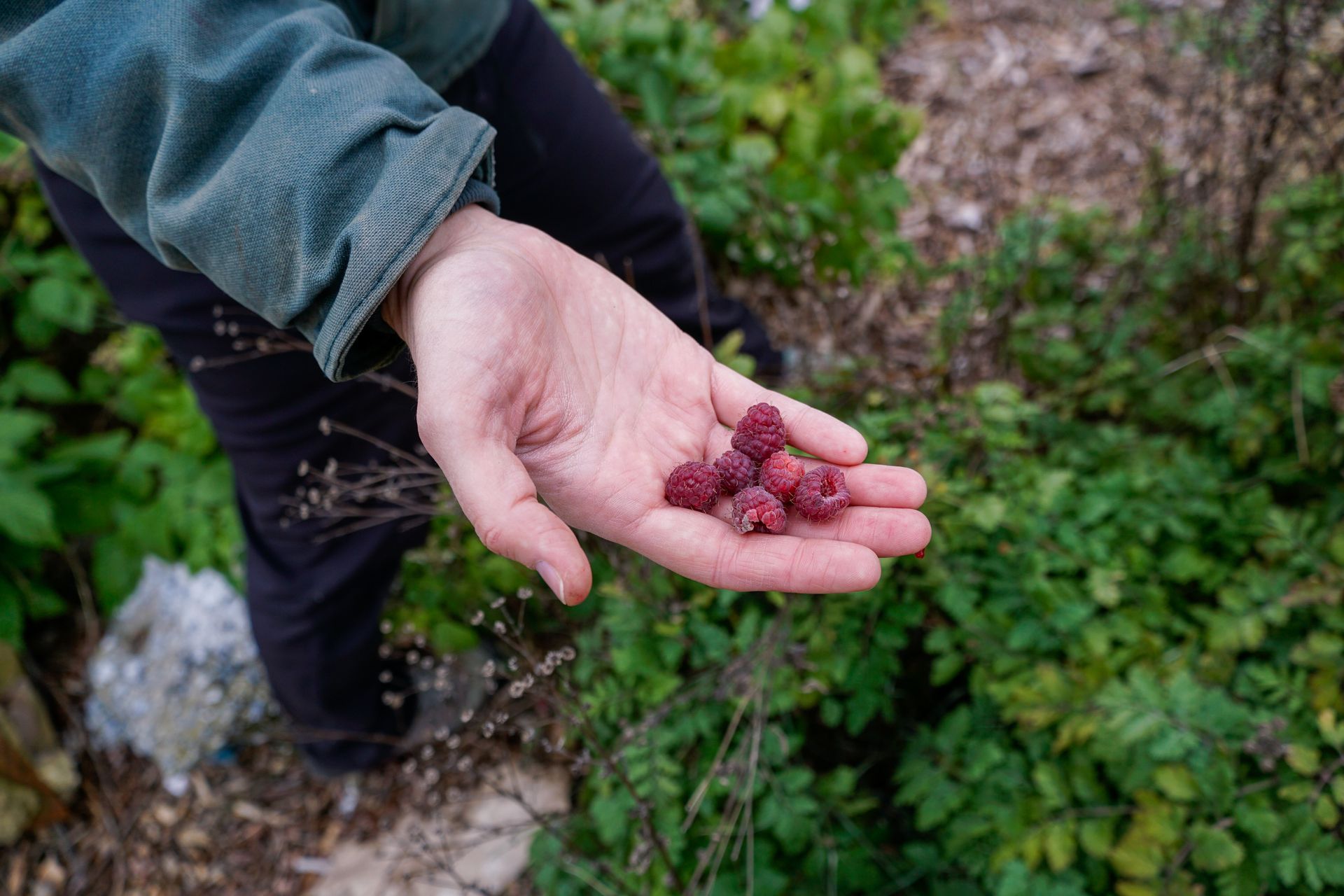
Oliver Community Farm
The farm's rapsberry bush produced berries well into the cold season.
Button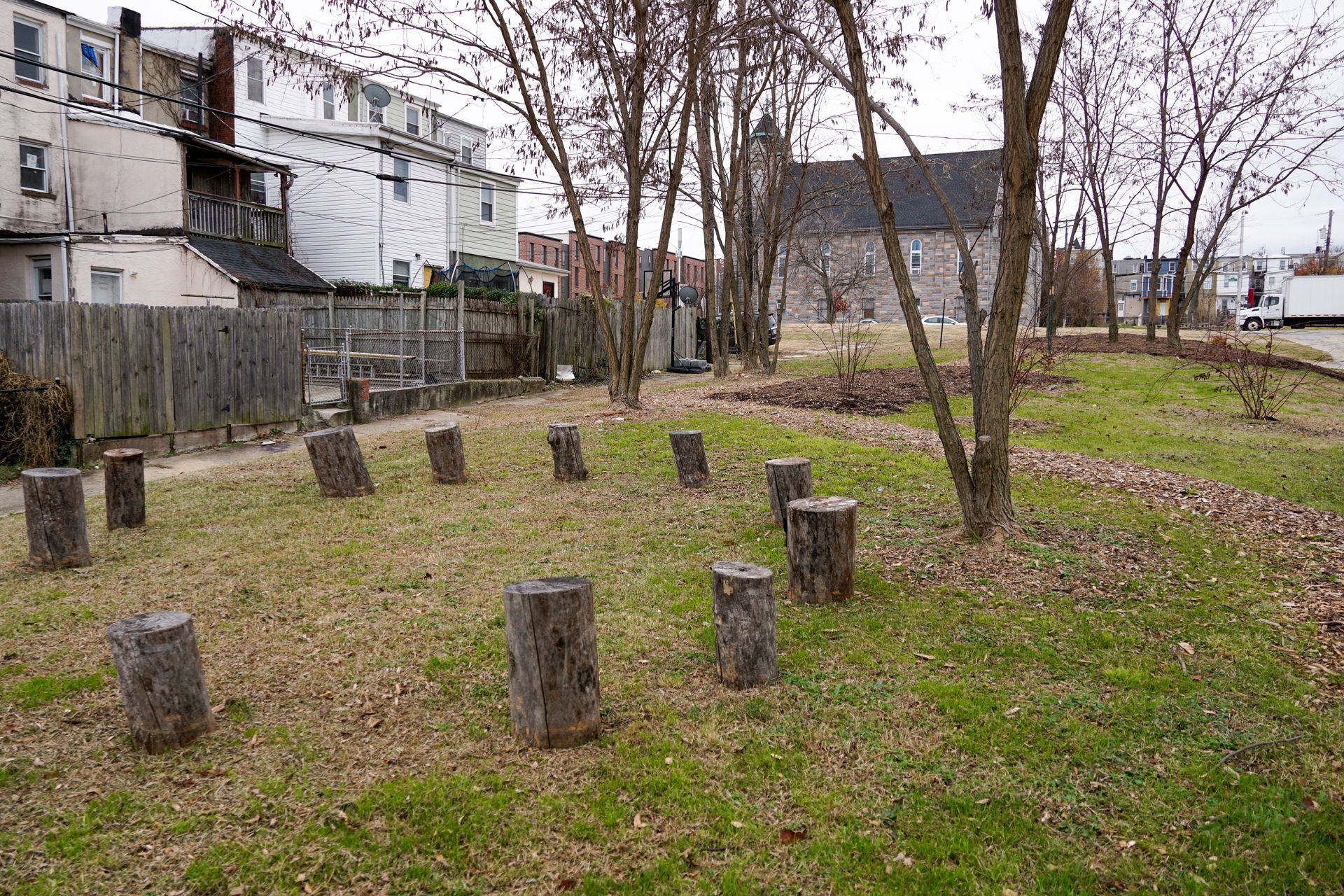
Oliver Community Farm
The 6th Branch turned the adjacent lot into an area for an outdoor classroom and a meditative walking path.
Button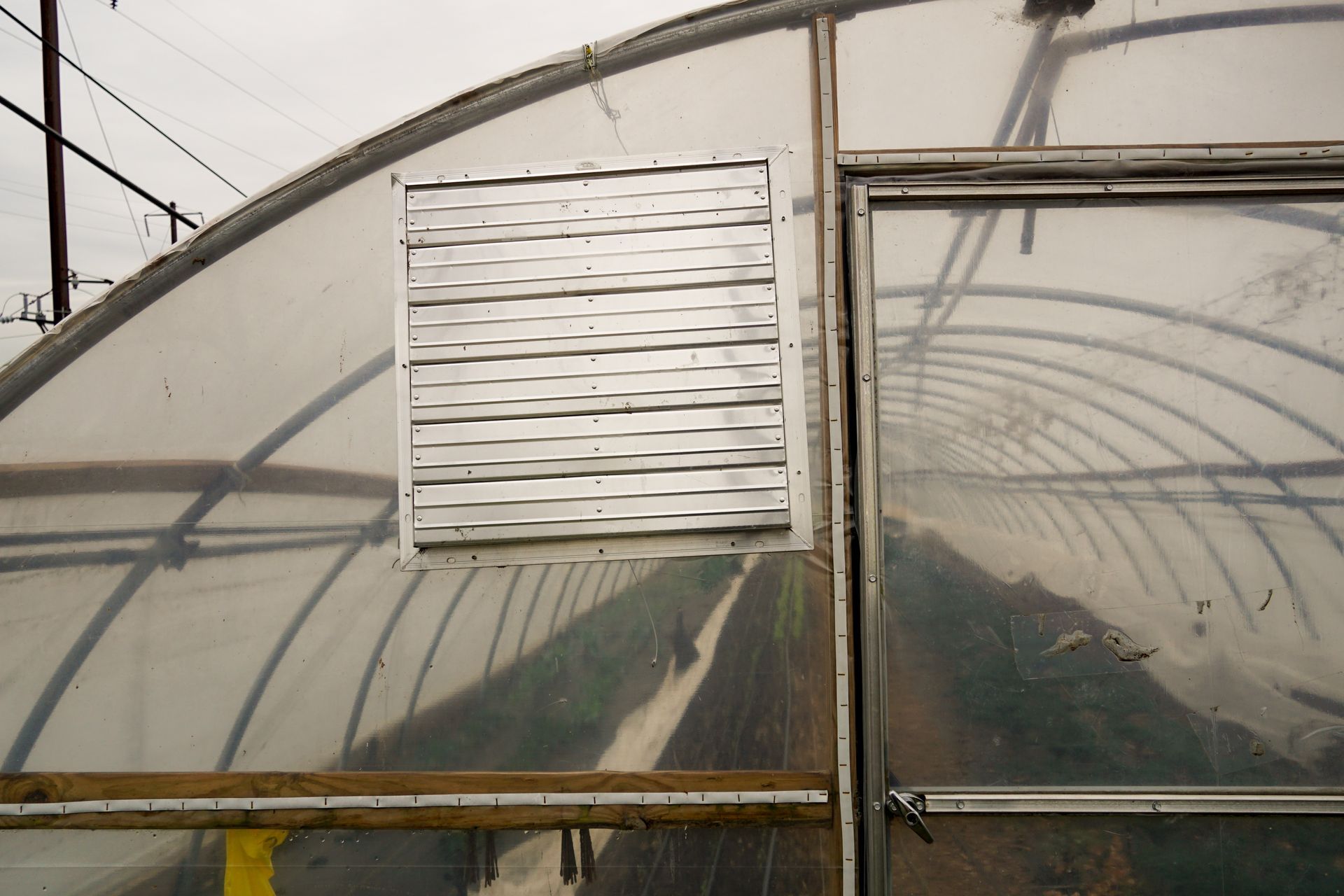
Oliver Community Farm
The greenhouse is equipped with a vent that opens automatically when the heat reaches a certain point.
Button
Oliver Community Farm
The 6th Branch provides free, nutritious produce at their produce markets.
Button
ENVIRONMENTAL JUSTICE ON THE FARMS
As an organization that stewards urban land and provides free food to their community, The 6th Branch’s mission is deeply entwined with environmental justice. The 6th Branch works toward food justice by providing fresh, nutritious, readily available produce in an area where grocery stores can be difficult to reach.
Beyond providing food, the farms are a safe space where people can enjoy the outdoors and reconnect with nature. The perennial and native plant species attract wildlife, like hawks and foxes, that become part of the fabric of the surrounding communities. By promoting biodiversity, farming, and community engagement, The 6th Branch contributes to a healthier ecosystem, and healthier people within that ecosystem.
WHAT MAKES THE FARMS UNIQUE?
The 6th Branch's deep connection to their communities creates a unique, collaborative atmosphere. Their presence on the properties is a result of being invited by community members, reflecting a high level of trust and collaboration. They prioritize building long-lasting relationships, as shown by their 99 year lease at the Oliver Community Farm, a piece of land that has moved into a Baltimore Green Space land trust to ensure it remains a green space in perpetuity.
The 6th Branch also covers a wide footprint, tending farms and green spaces in six East Baltimore neighborhoods. While the farms they steward continue to grow in productivity, the organization also focuses on creating safe outdoor spaces for people to enjoy as meditation centers, outdoor classrooms, and green areas.
HOW CAN YOU INTERACT WITH OR SUPPORT THE FARMS?
You can follow The 6th Branch on Facebook and Instagram, where they post events, news, and updates about the farms. Visit their website for more information about the farms and while you’re there, make sure to sign up to volunteer.
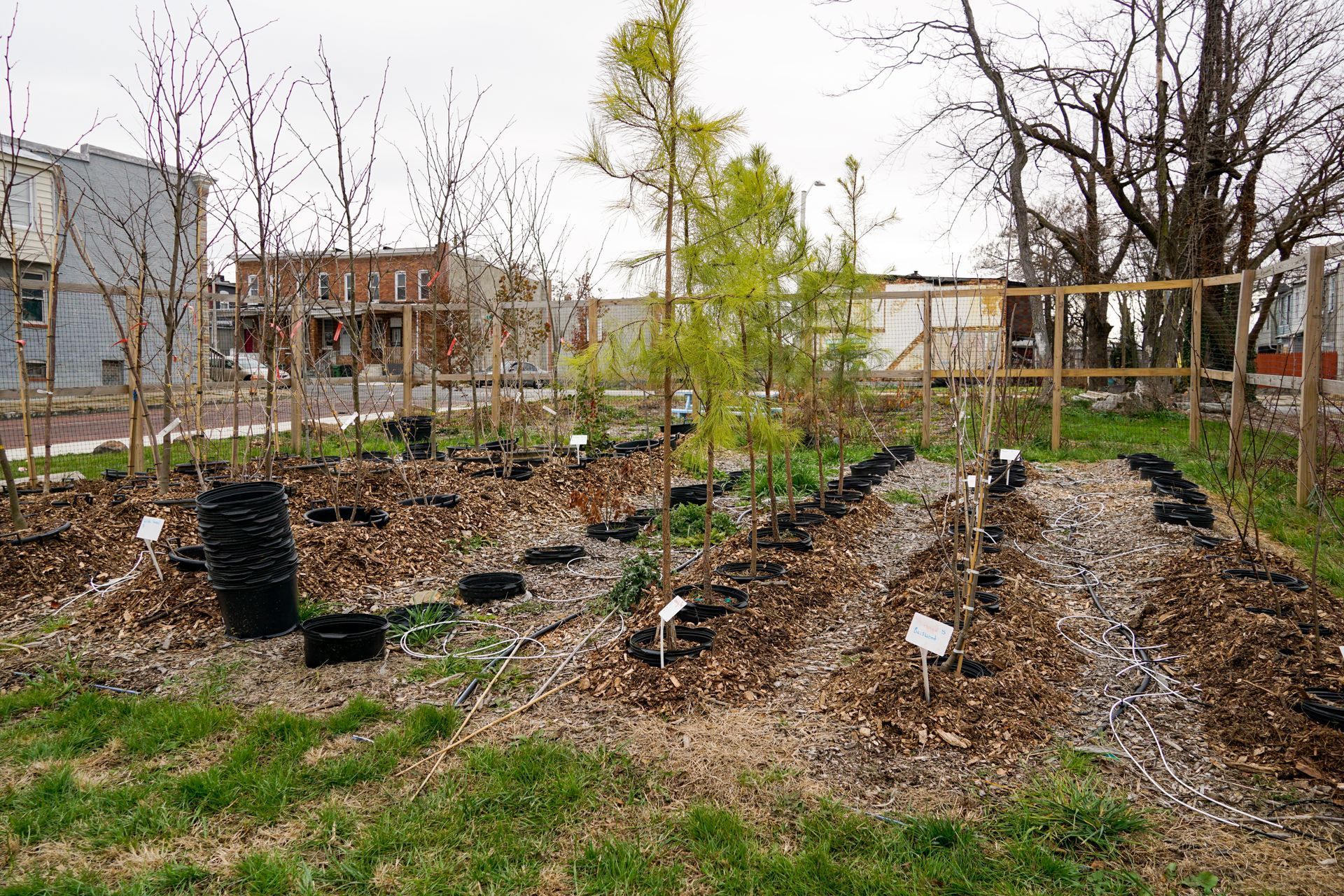
Broadway East Tree & Berry Farm
The Broadway East Tree & Berry Farm contains a nursery for trees that will eventually be planted in other green spaces.
Button
Broadway East Tree & Berry Farm
A row of Loblolly pines grow using a double pot method.
Button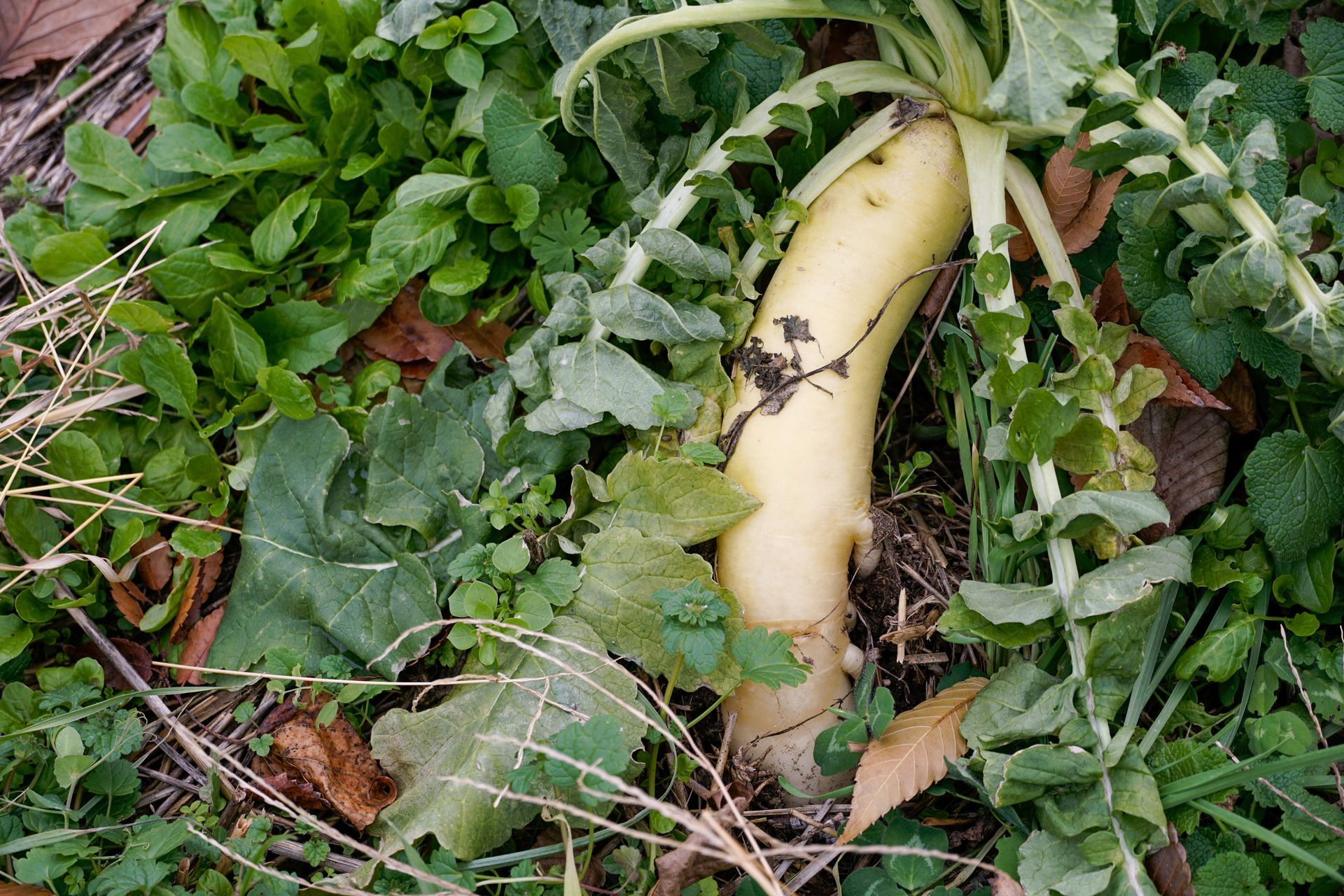
Broadway East Tree & Berry Farm
Along with trees and berries, the farm grows produce, like this late-season sunchoke.
Button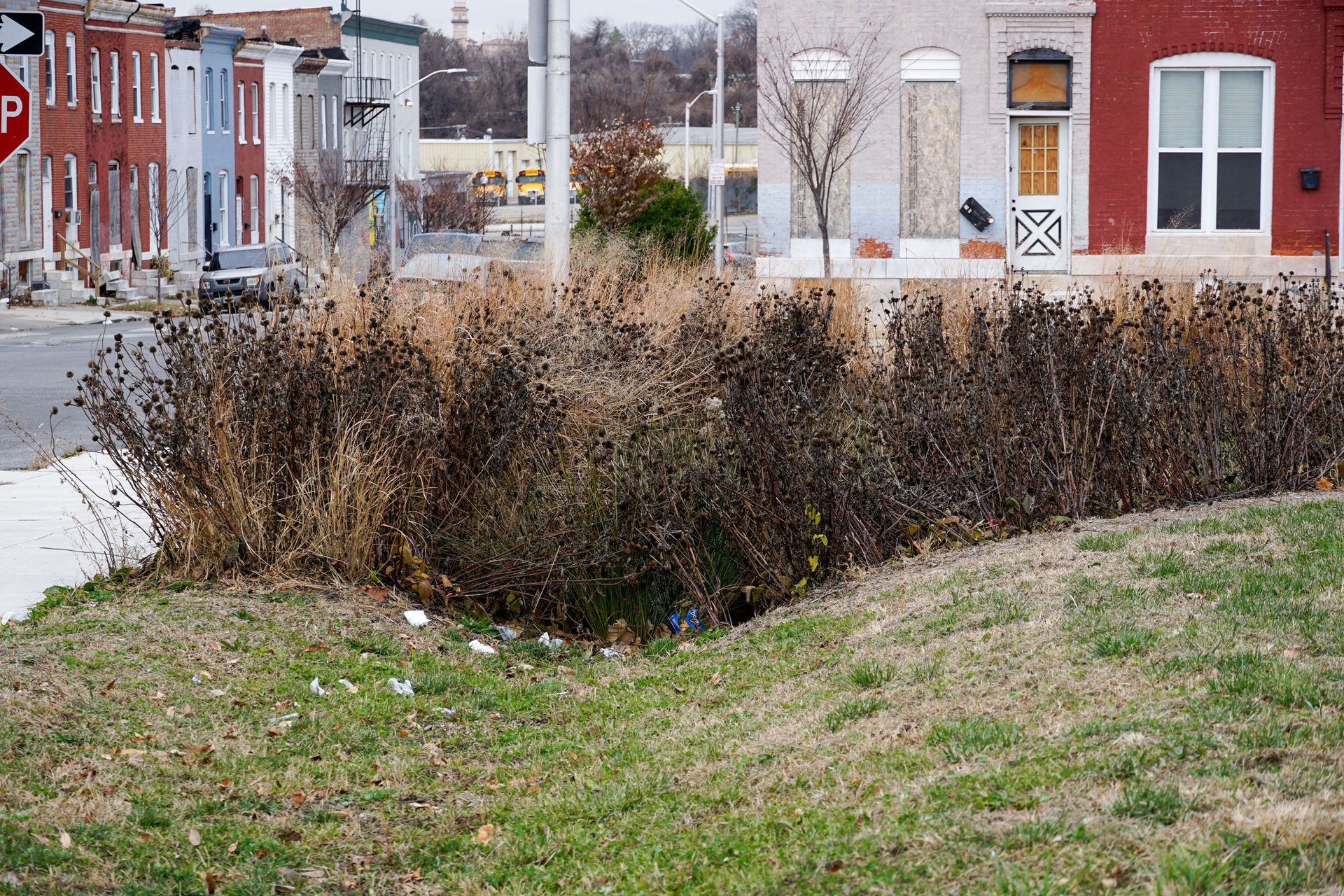
Broadway East Tree & Berry Farm
A native plant garden, planted by Blue Water Baltimore, provides habitat to wildlife and helps with water runoff.
Button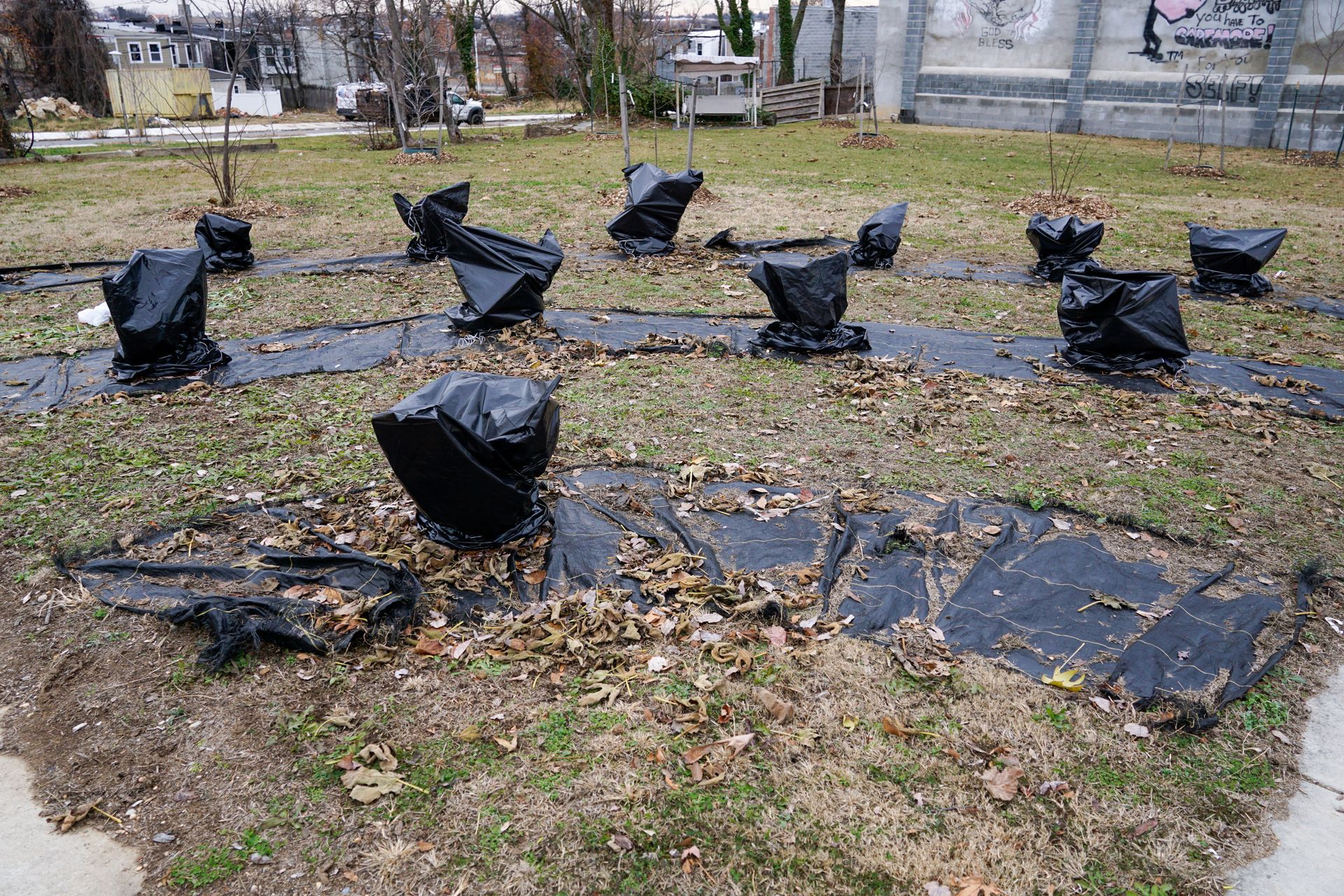
Broadway East Tree & Berry Farm
The 6th Branch farmers cover fig trees to protect them through the winter.
Button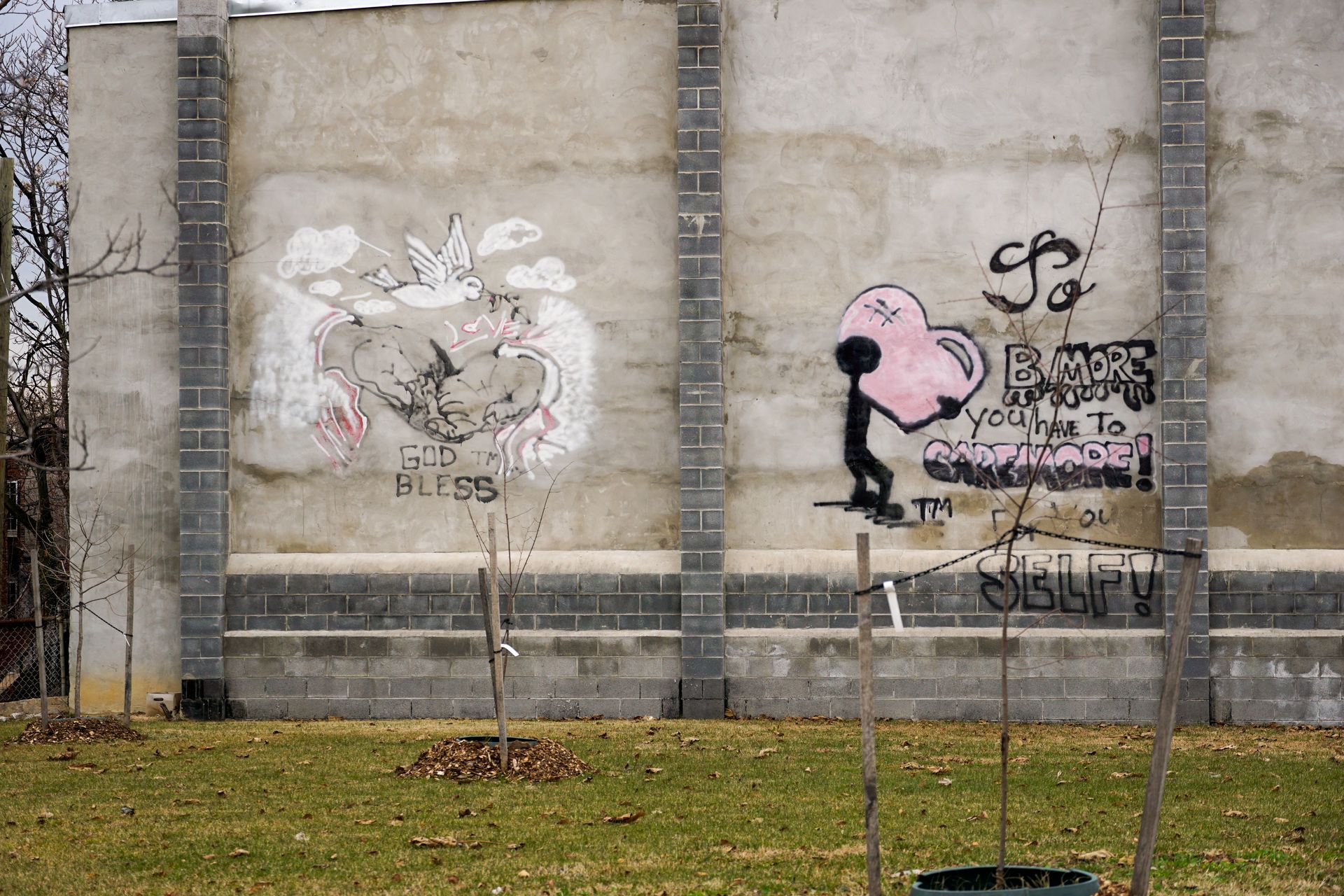
Broadway East Tree & Berry Farm
The farm's groundskeeper painted inspirational murals on the side of his home overlooking the farm.
Button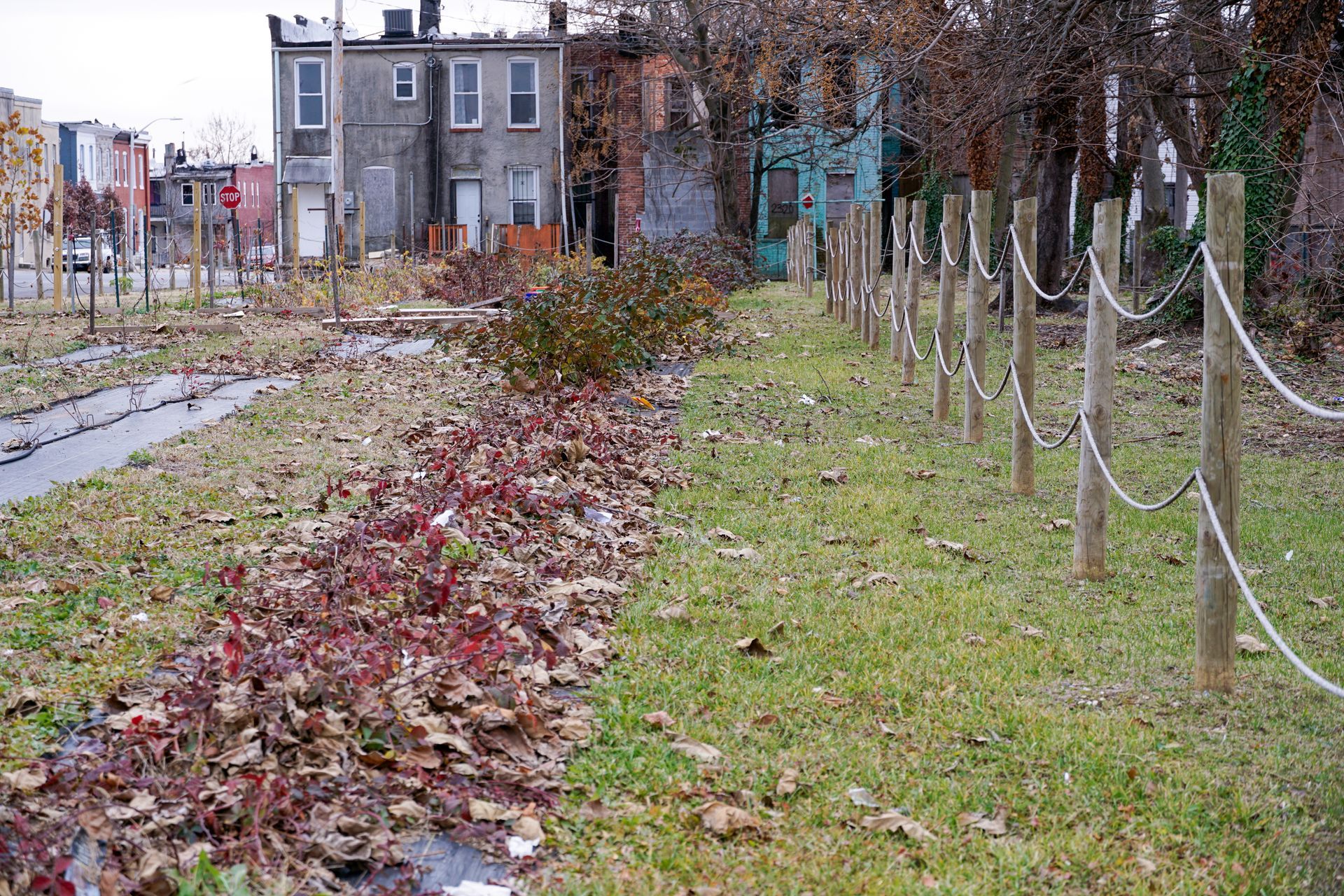
Broadway East Tree & Berry Farm
Rows of berry beds, containing blueberries, raspberries, and boysenberries, lay dormant over winter.
Button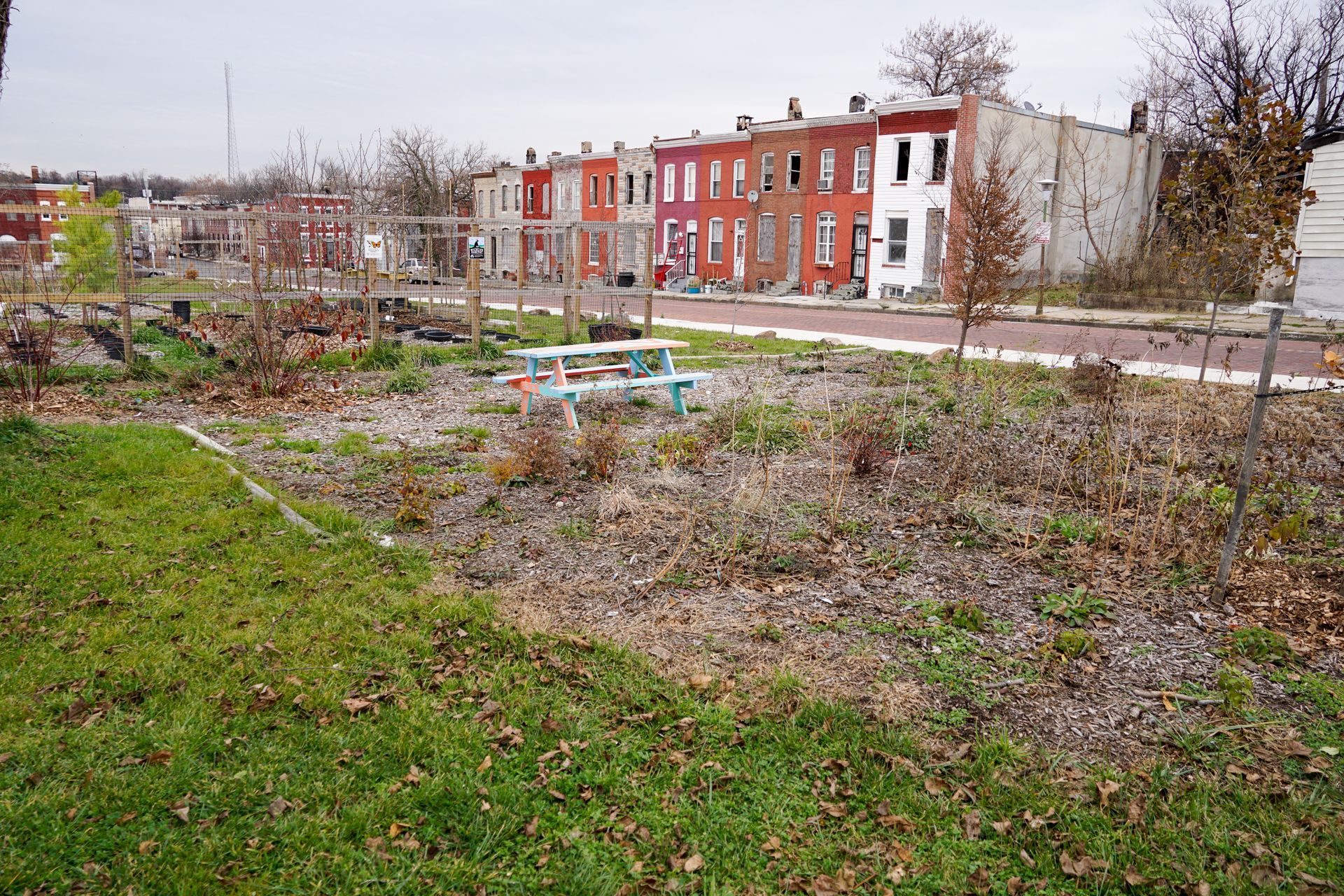
Broadway East Tree & Berry Farm
A native garden and picnic table serve as outdoor space for the neighborhood.
Button


